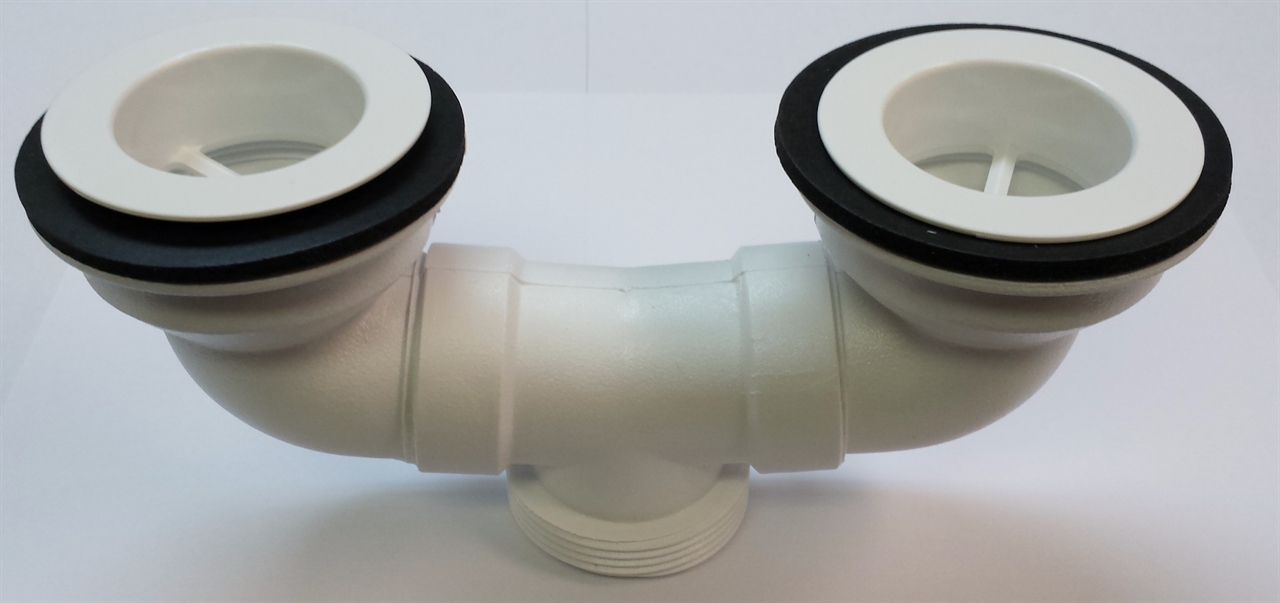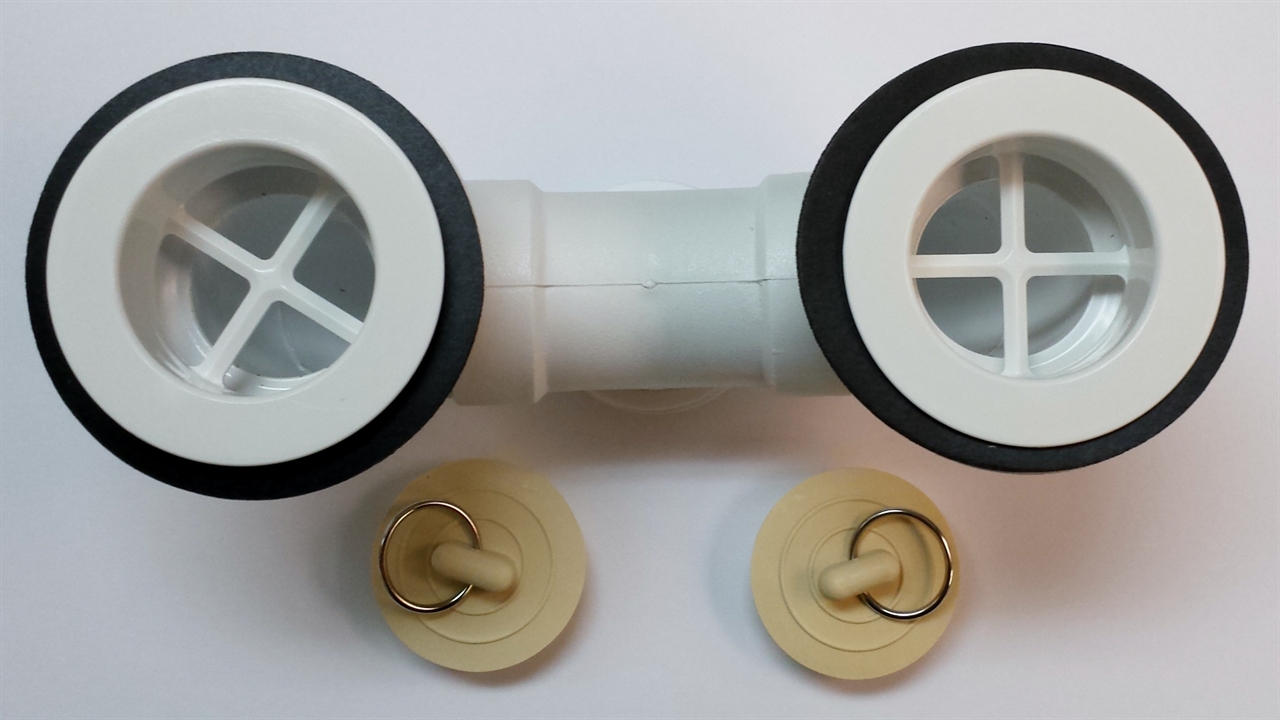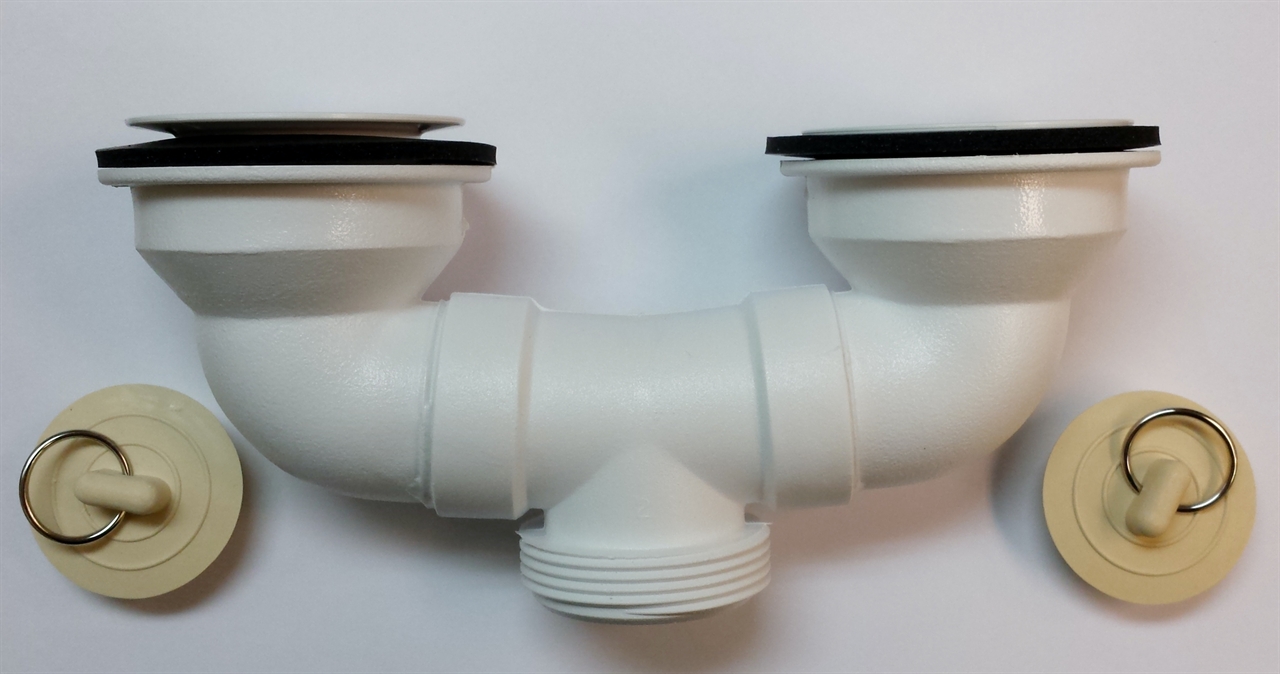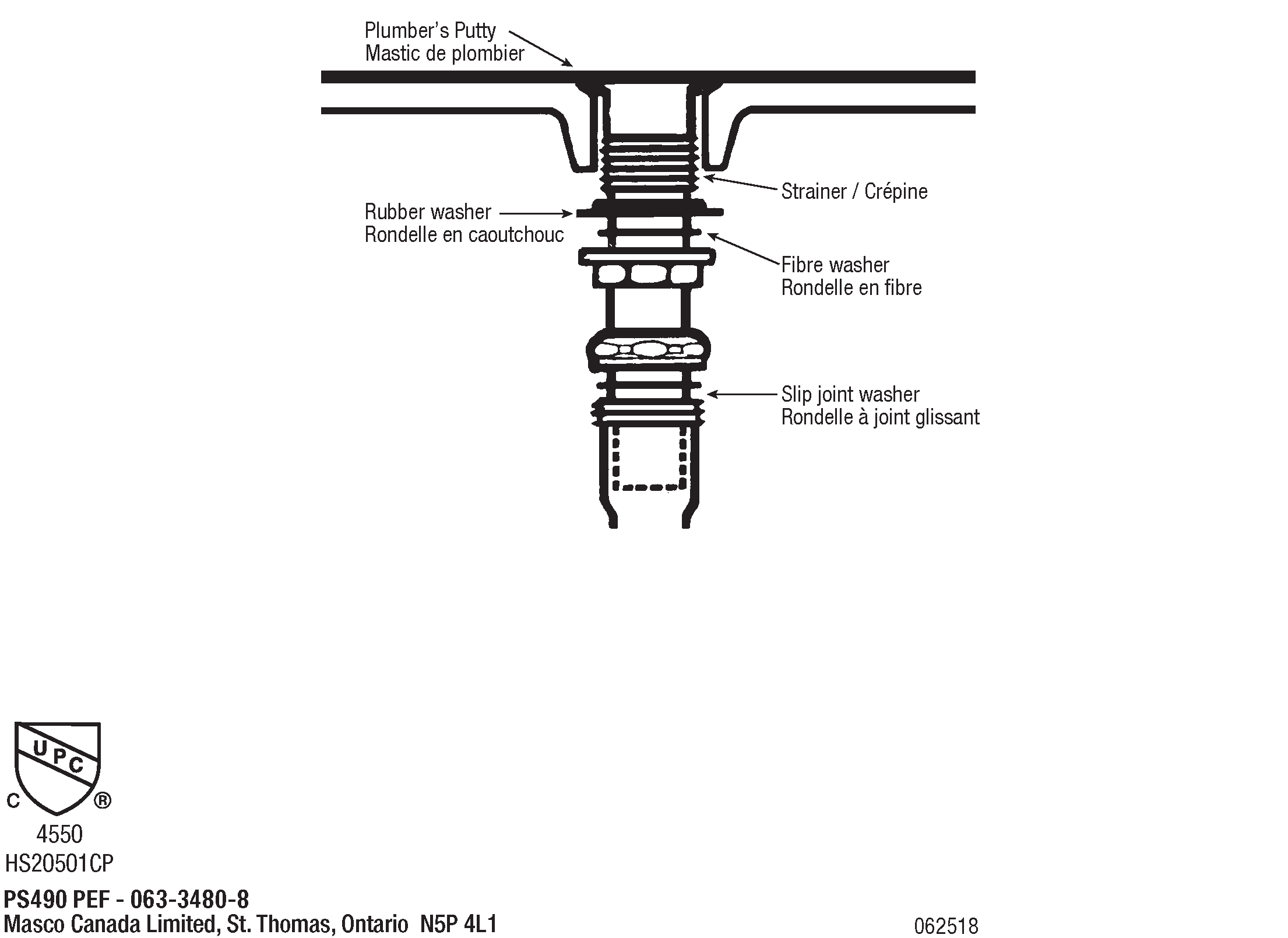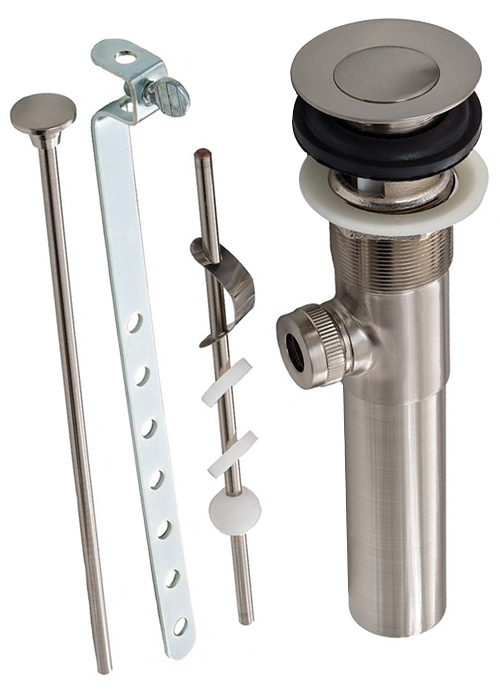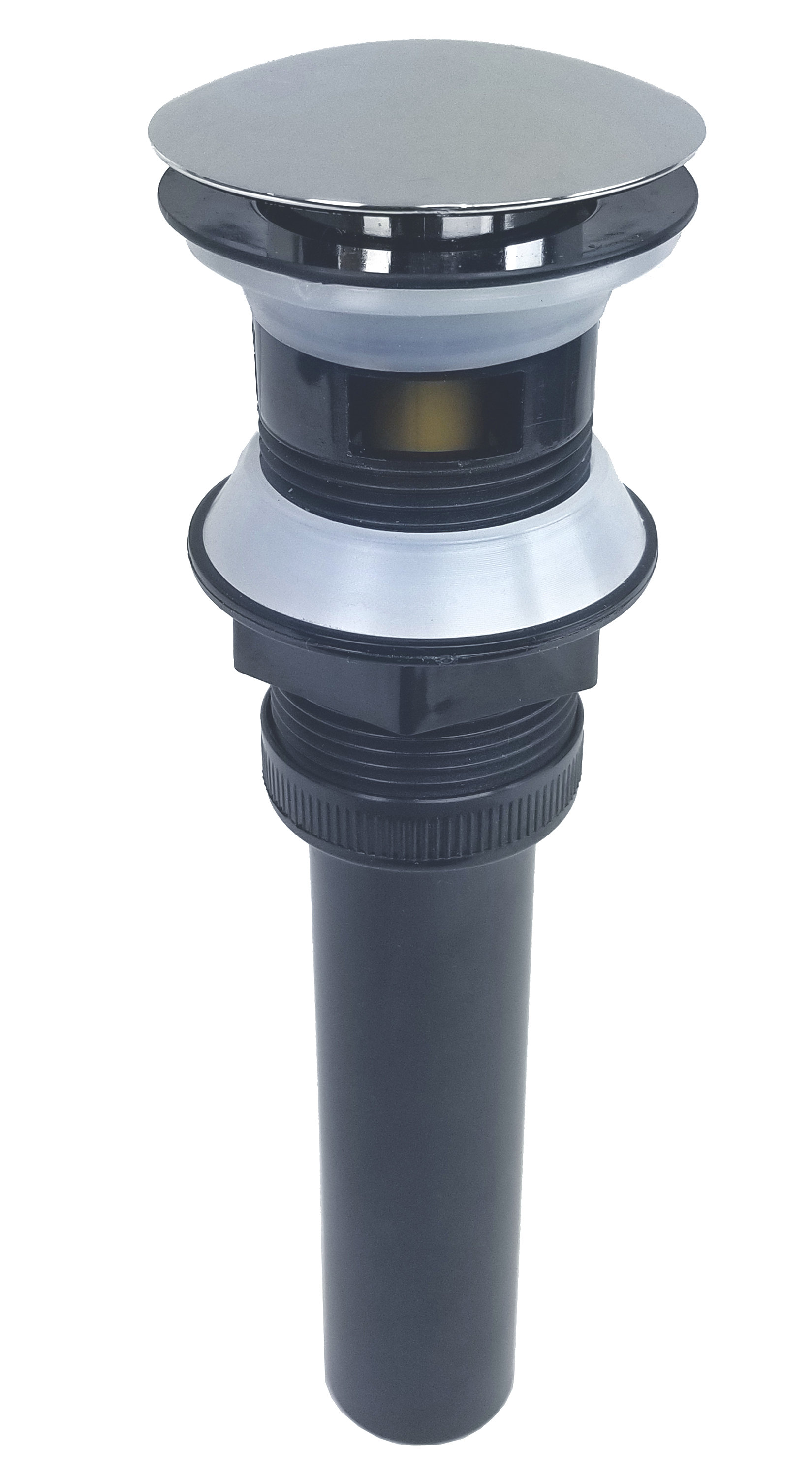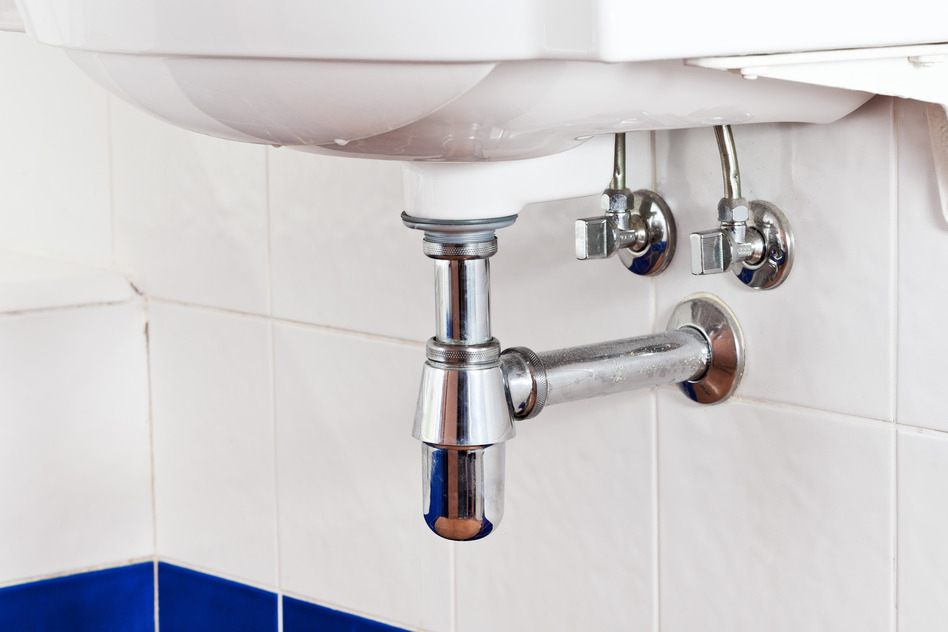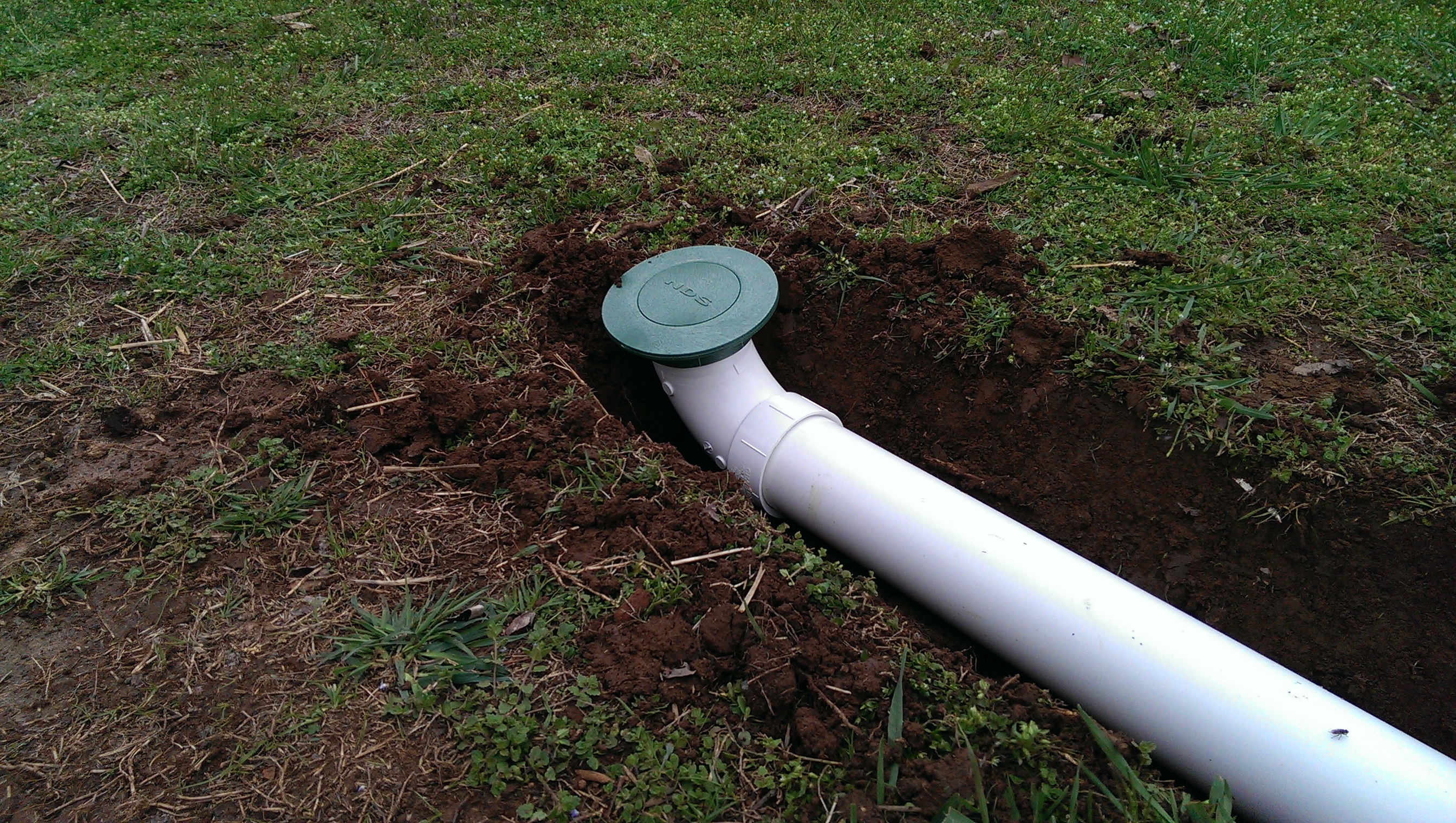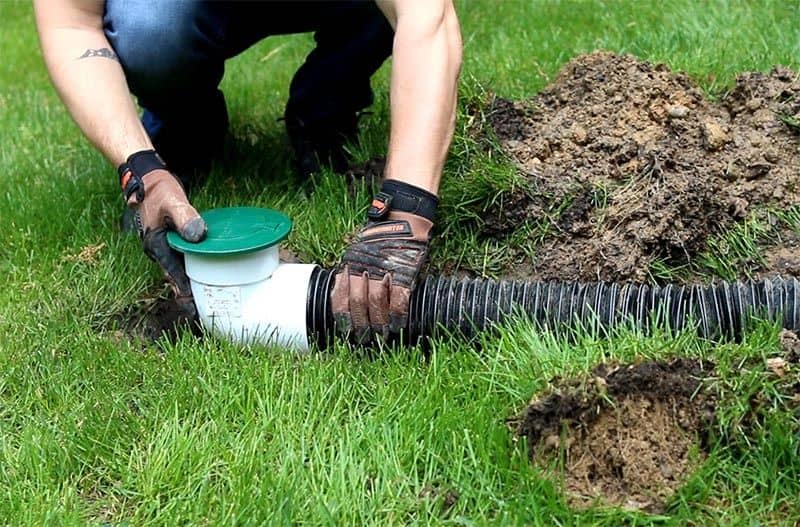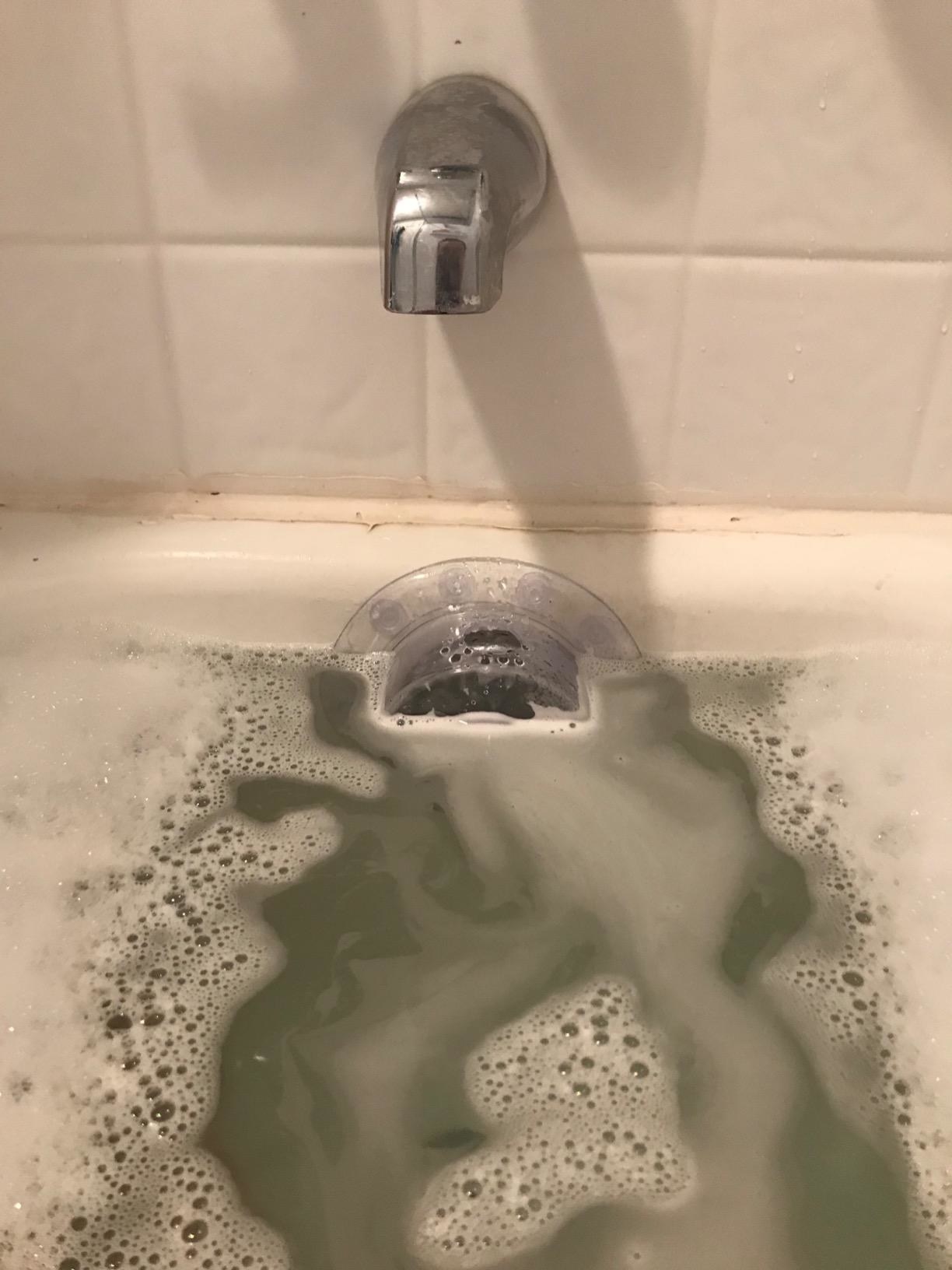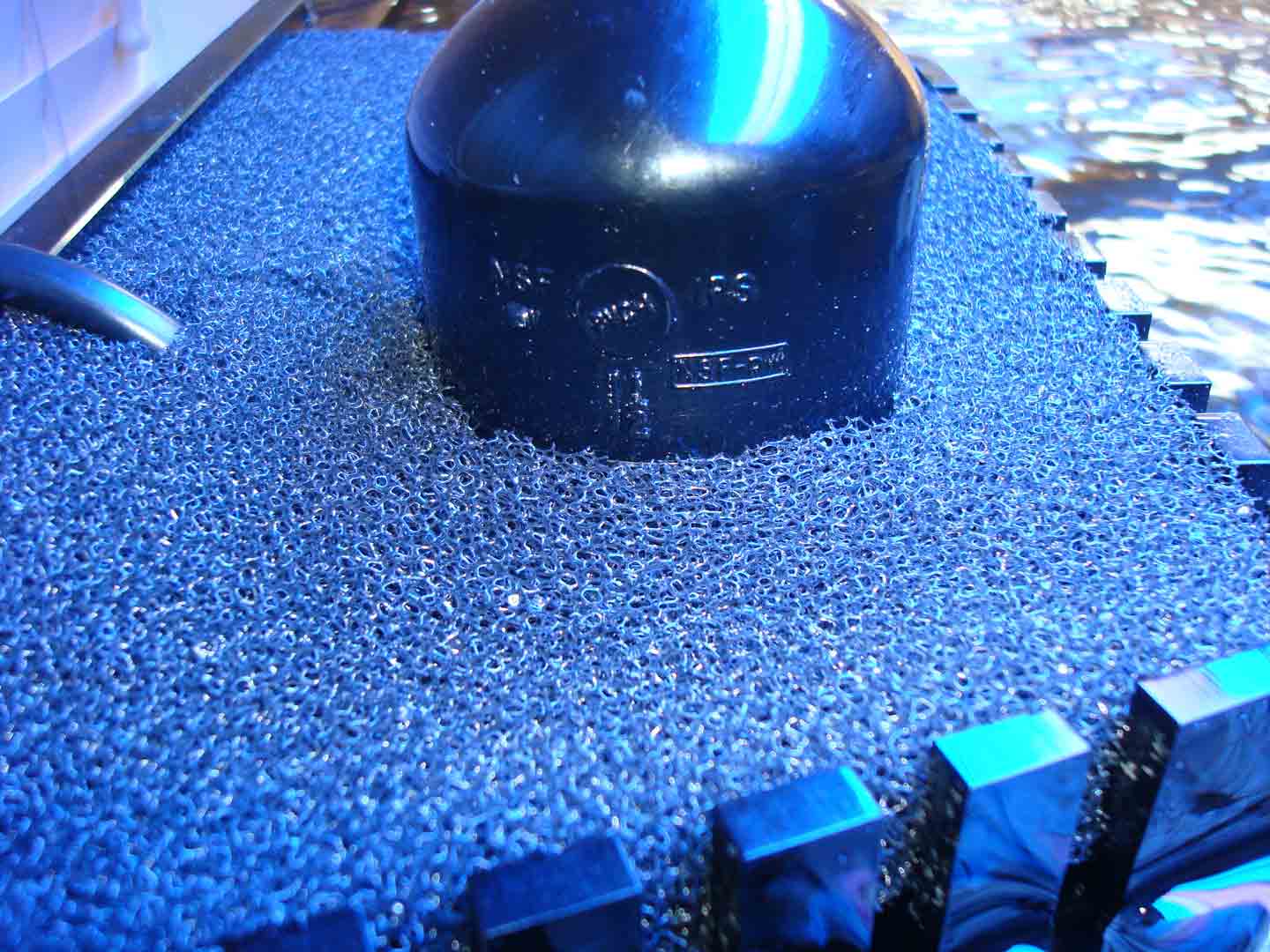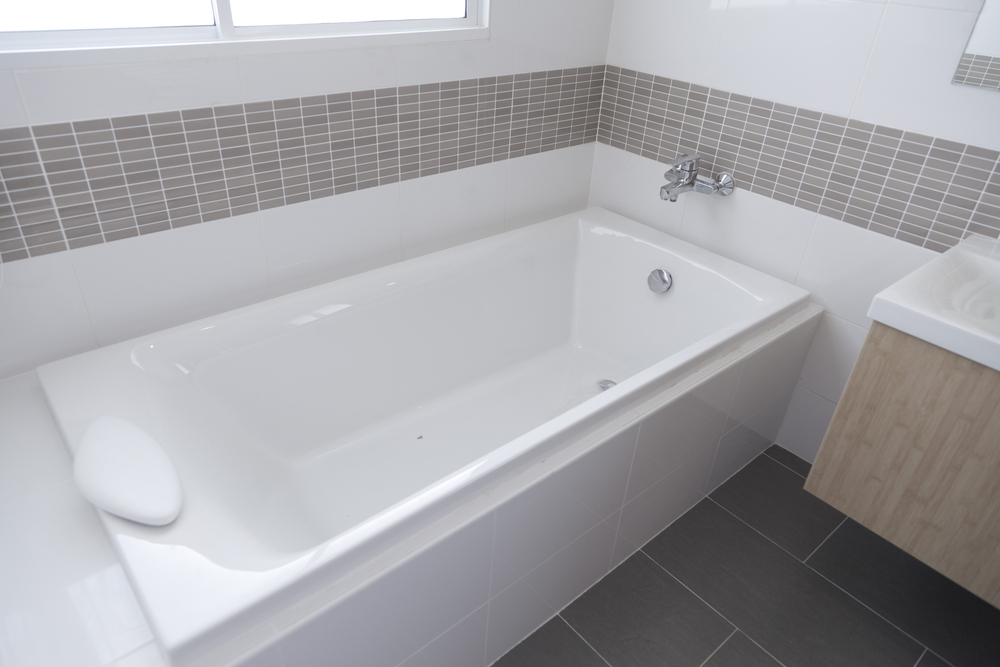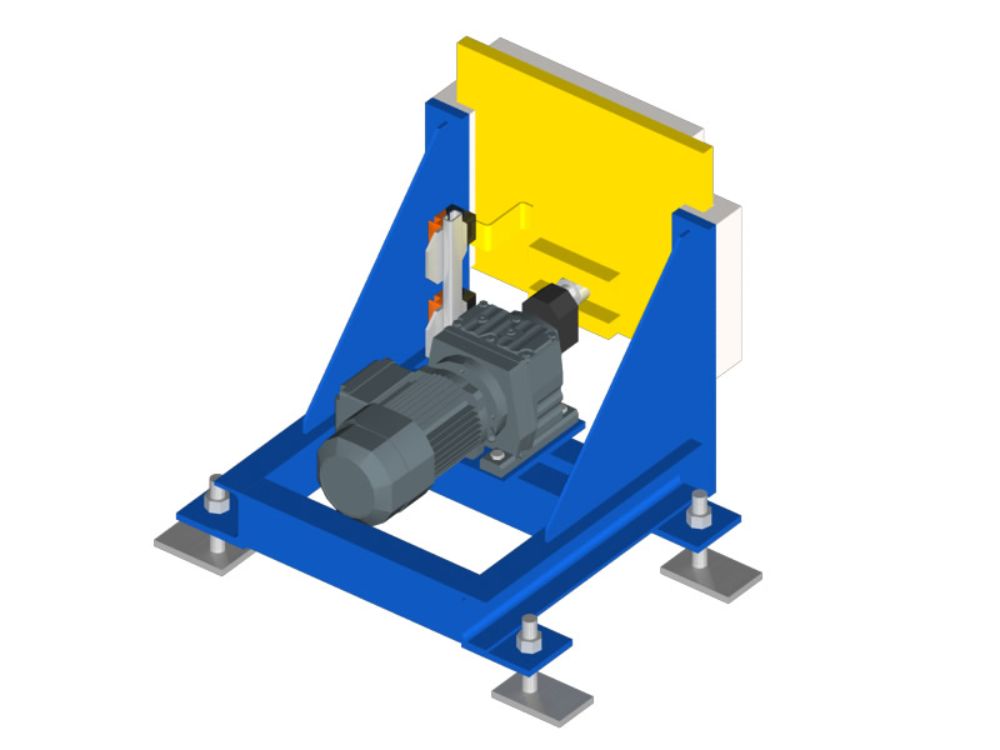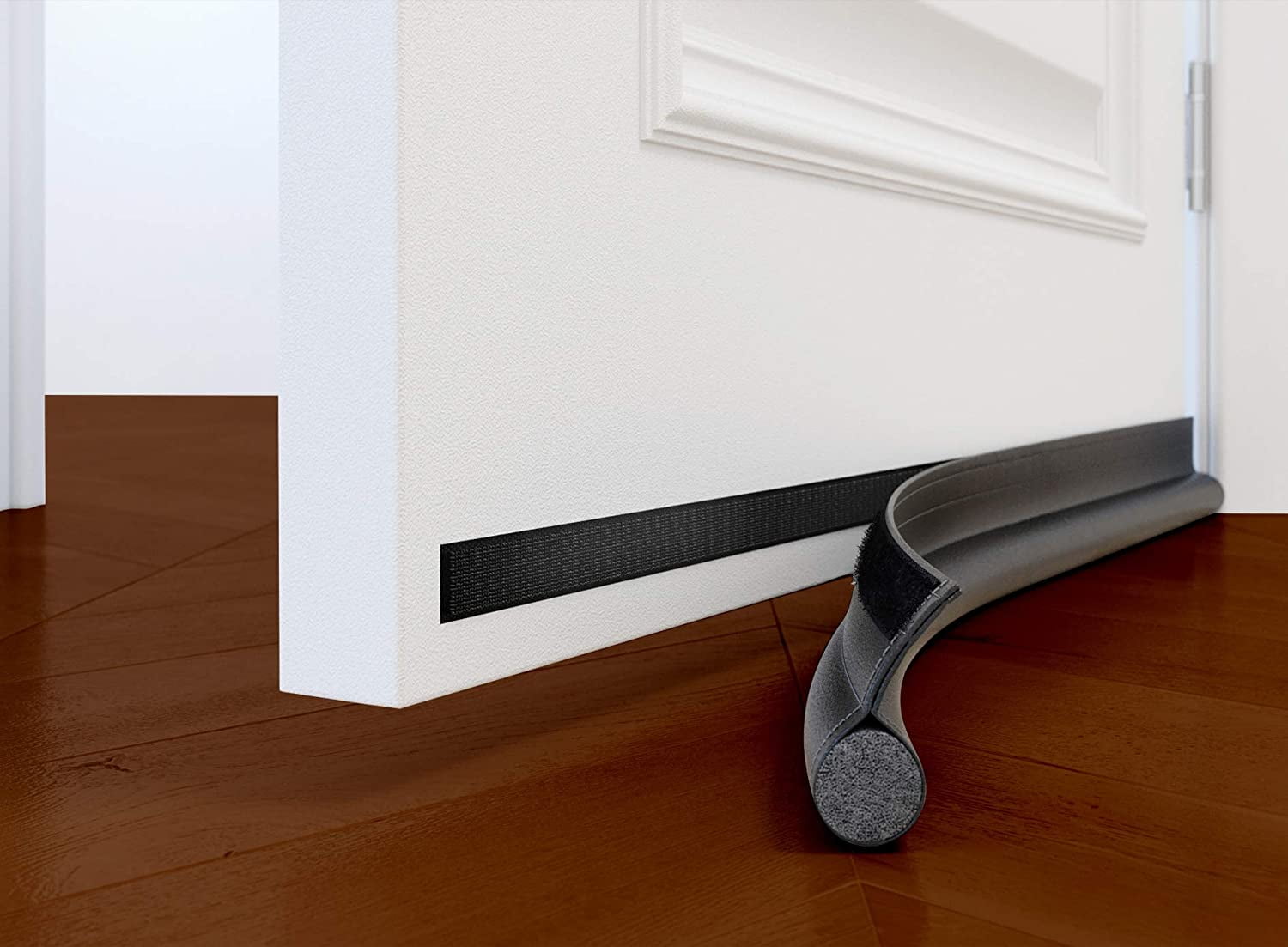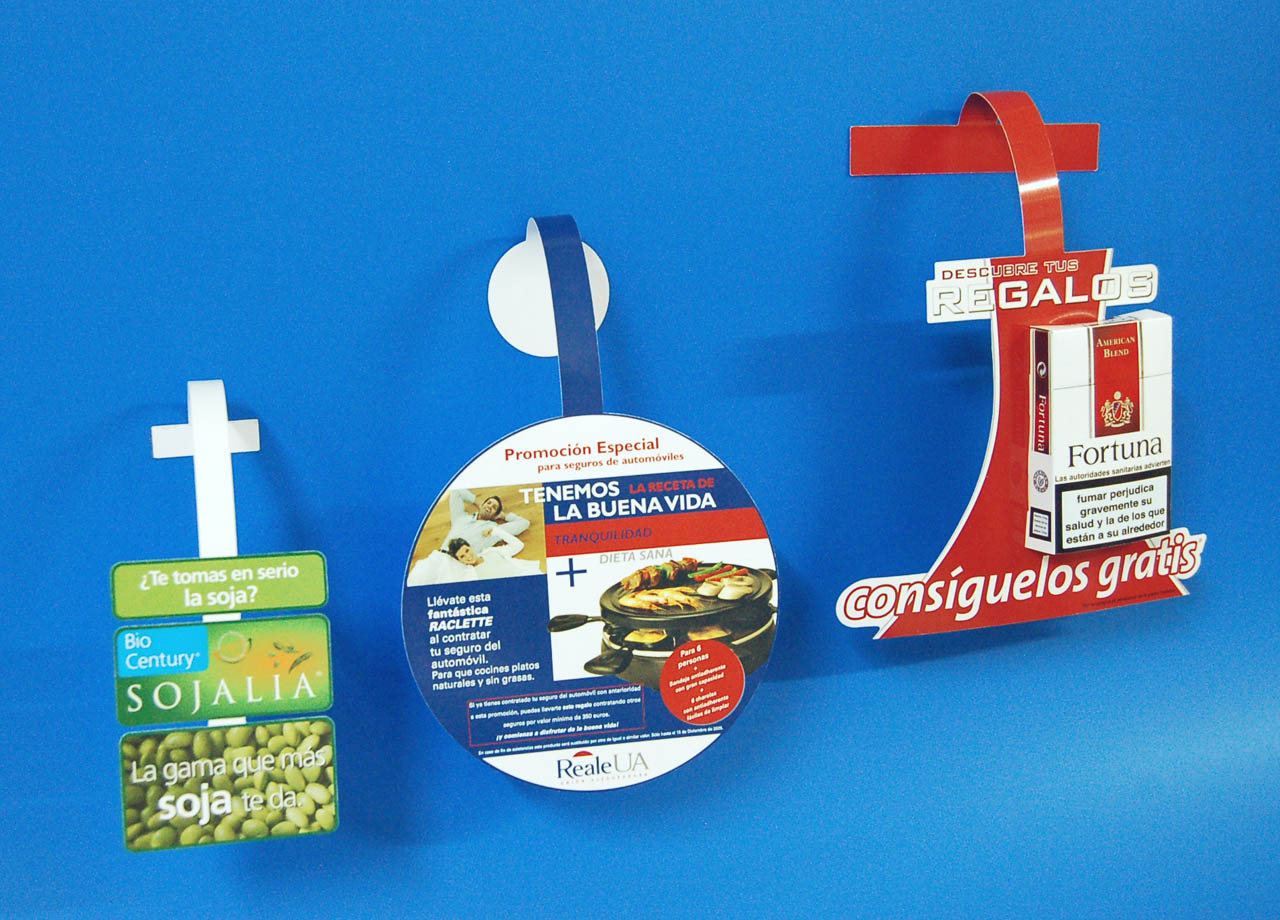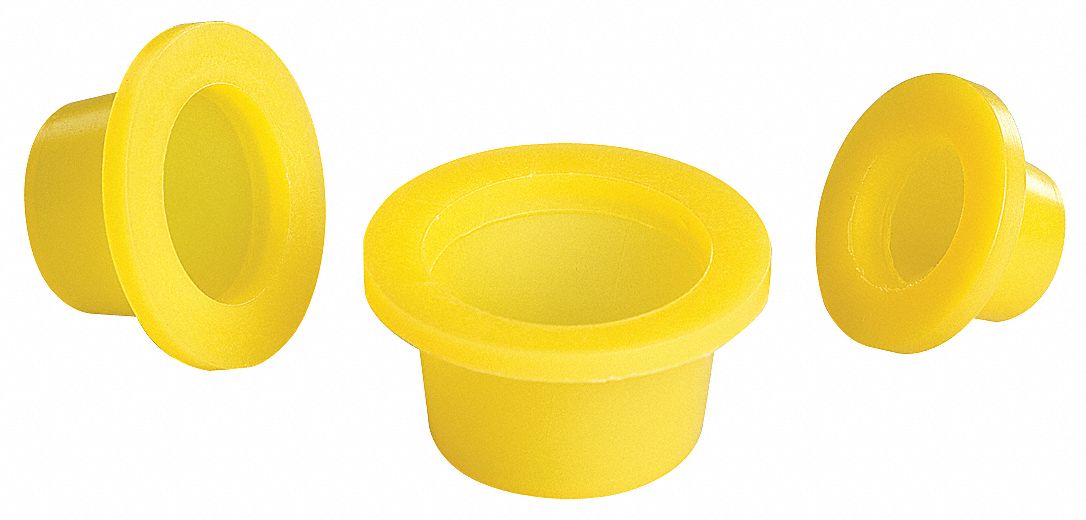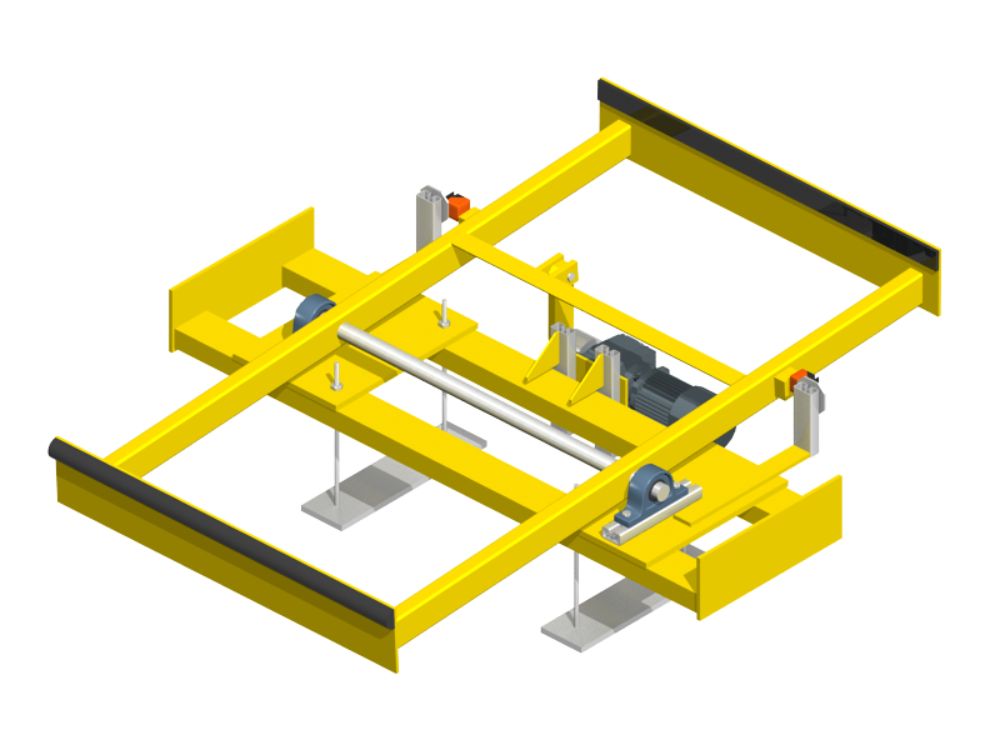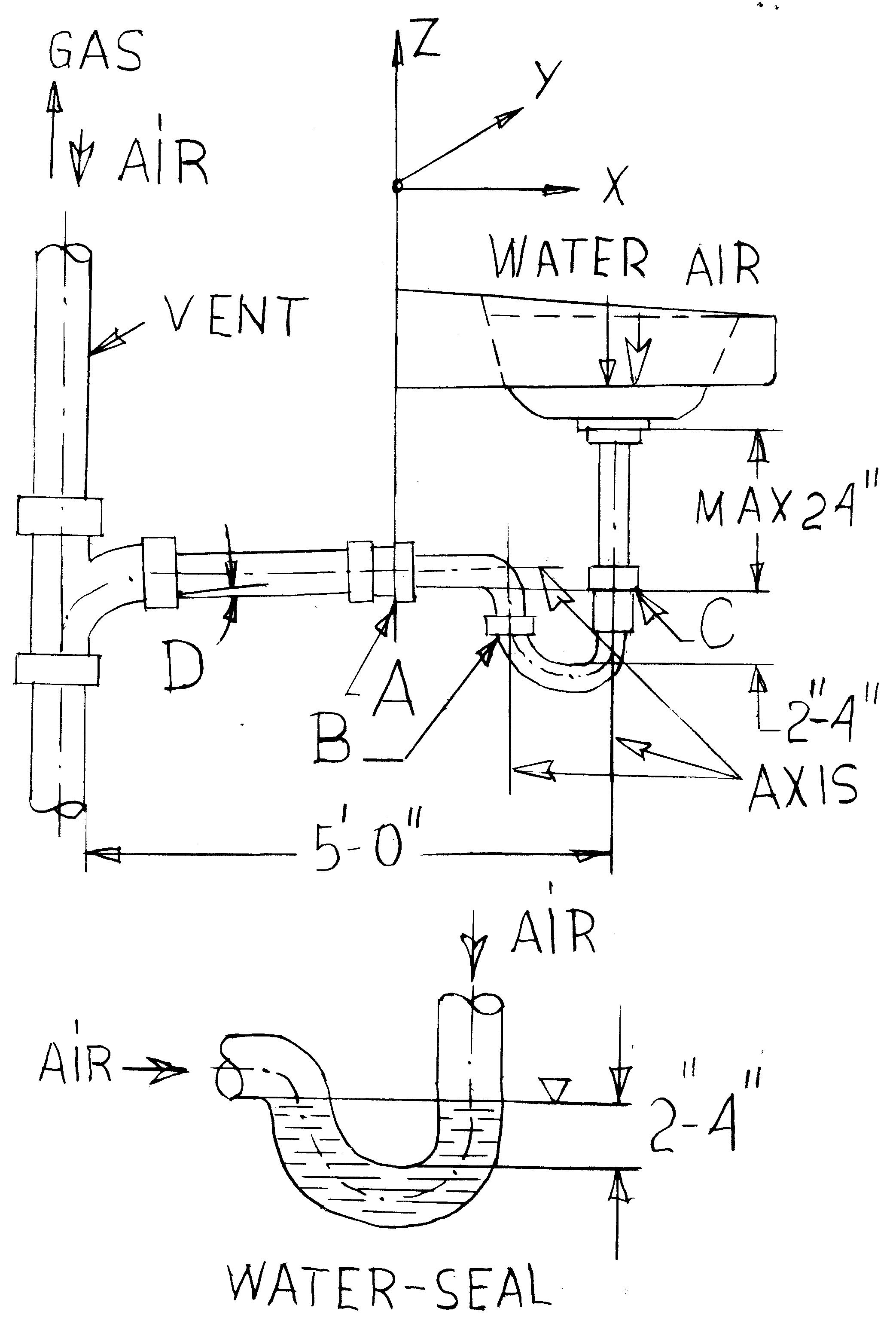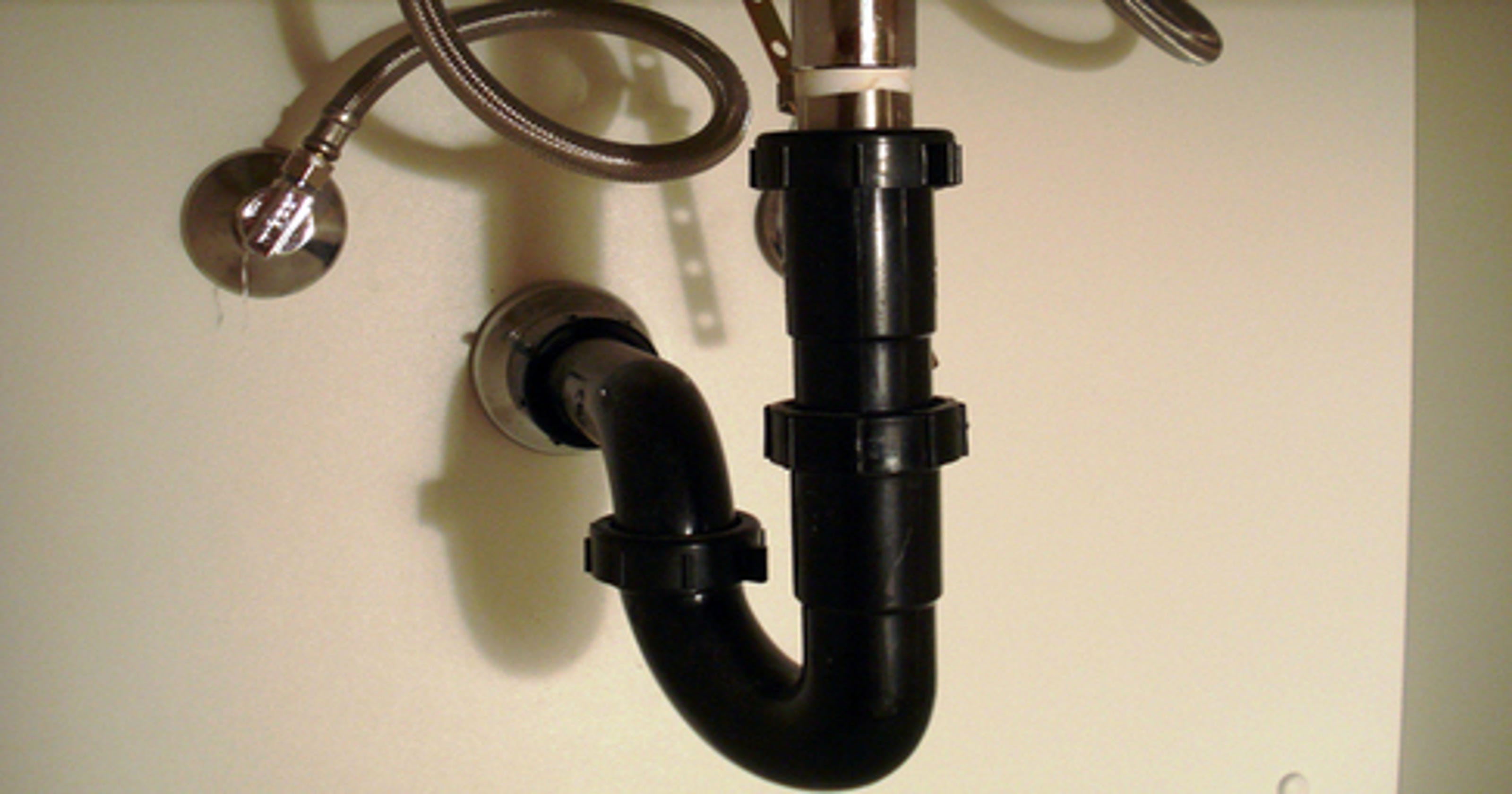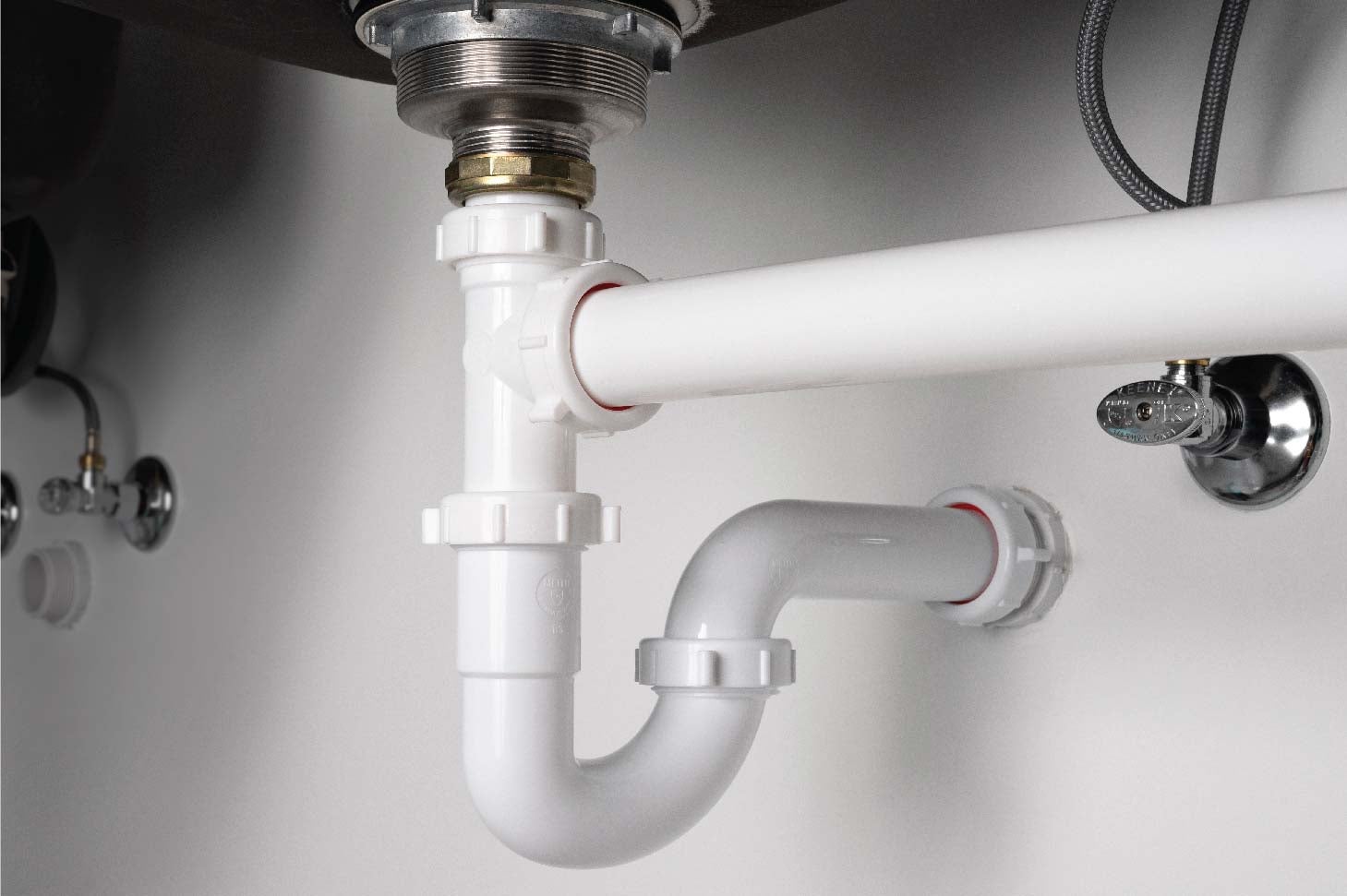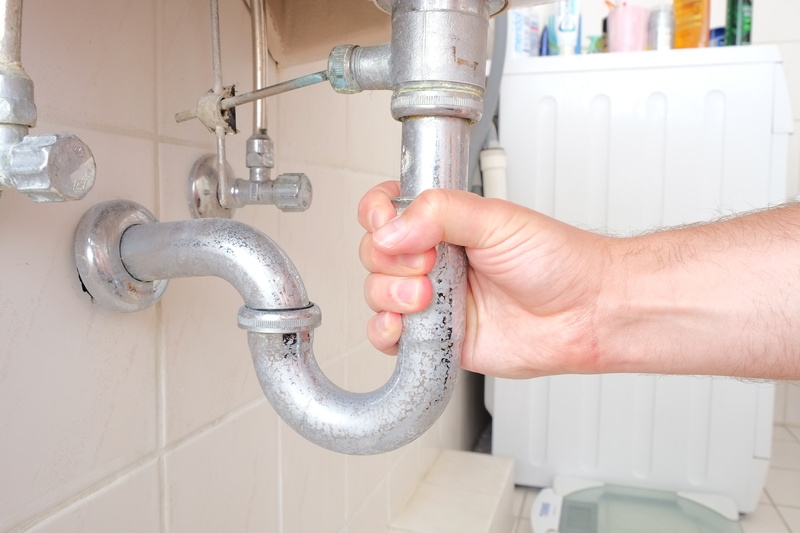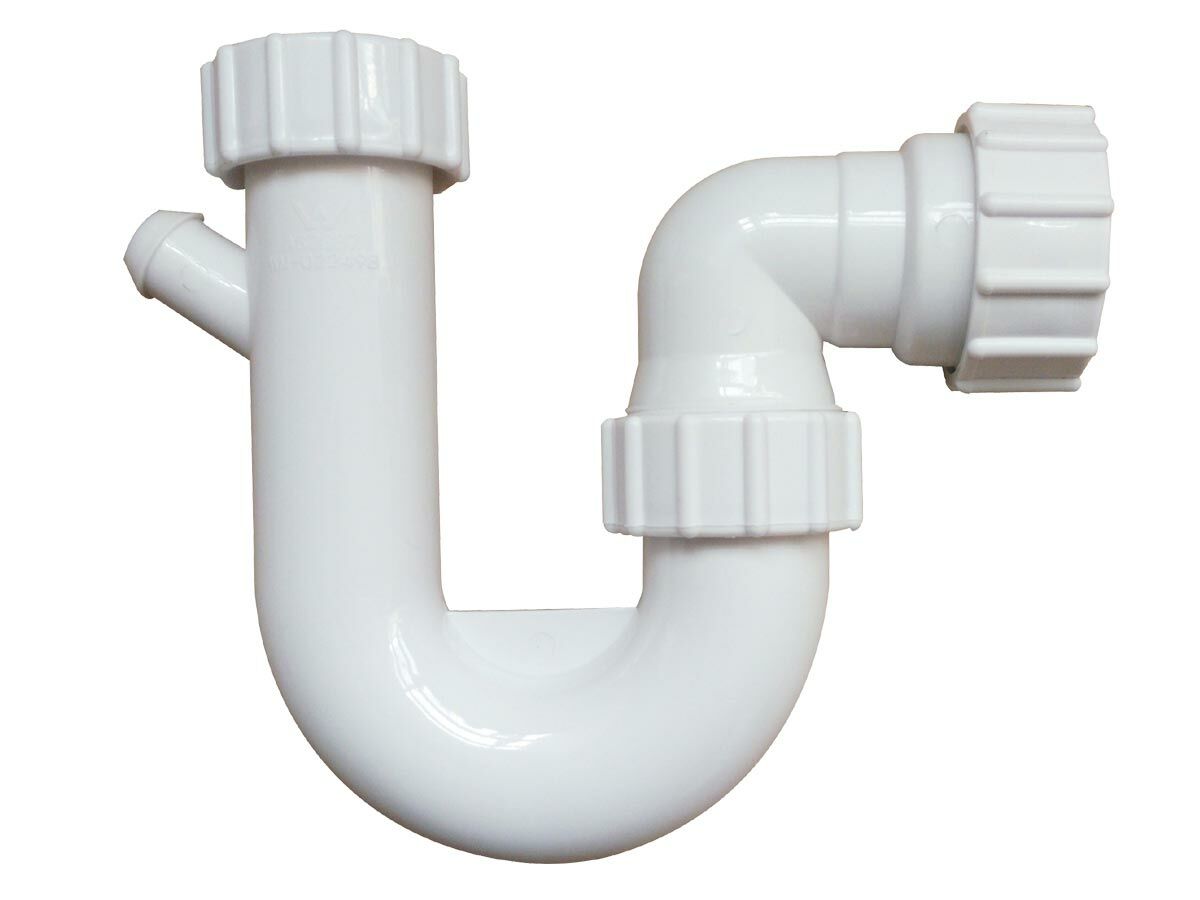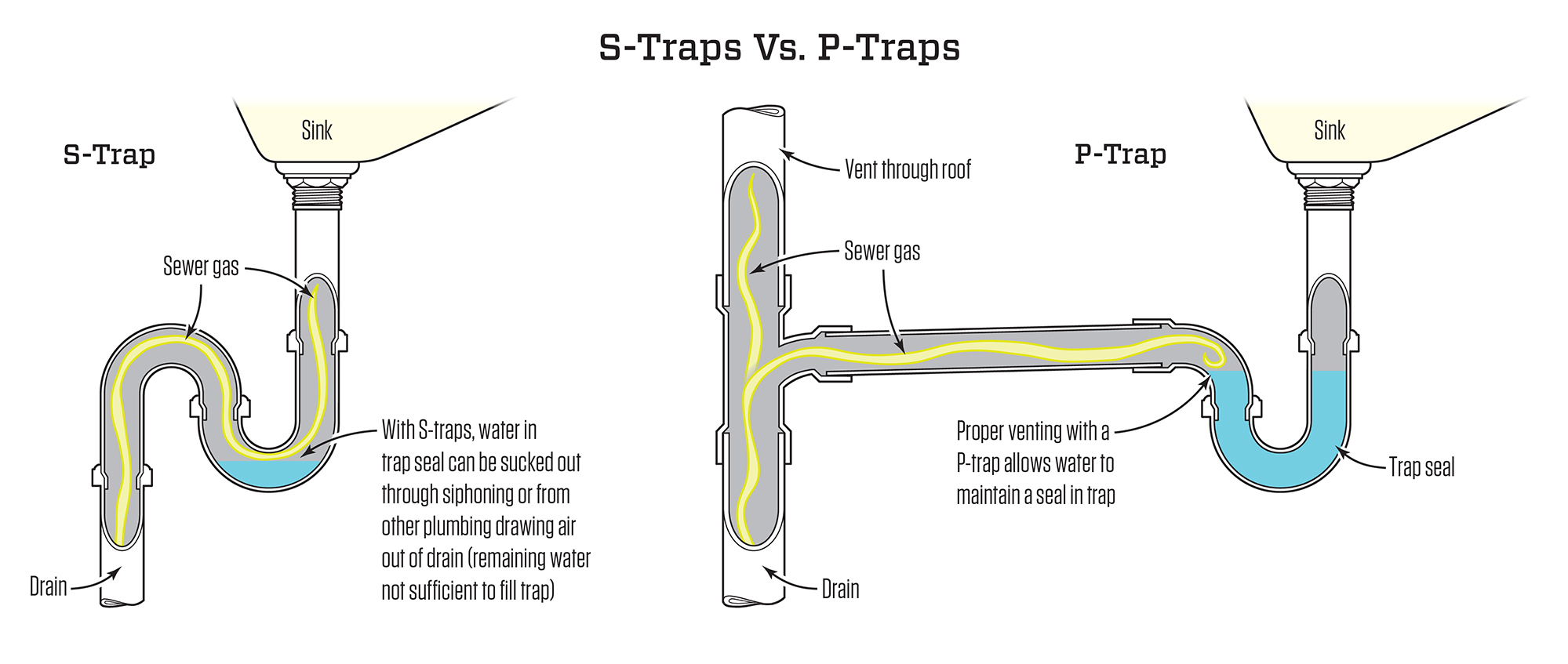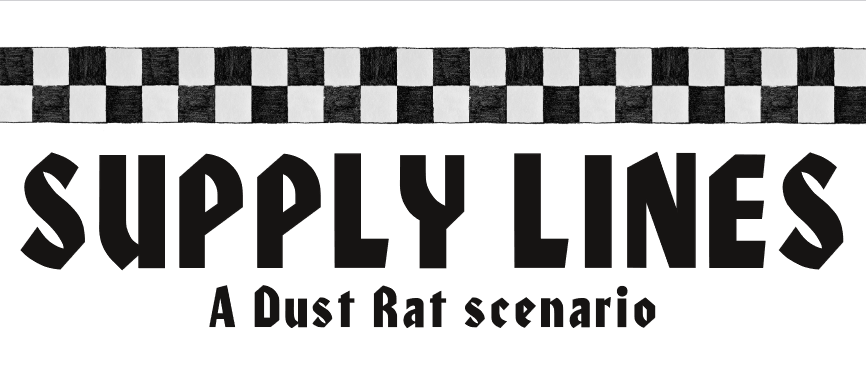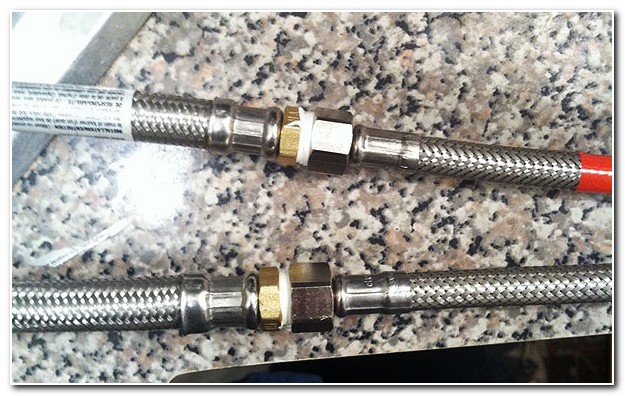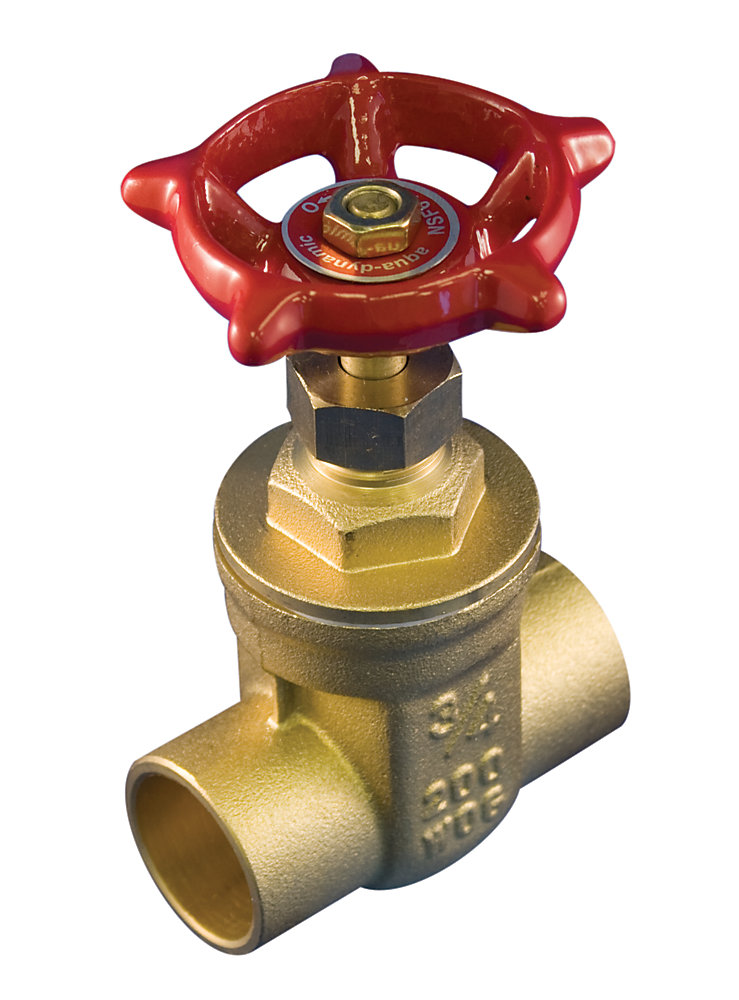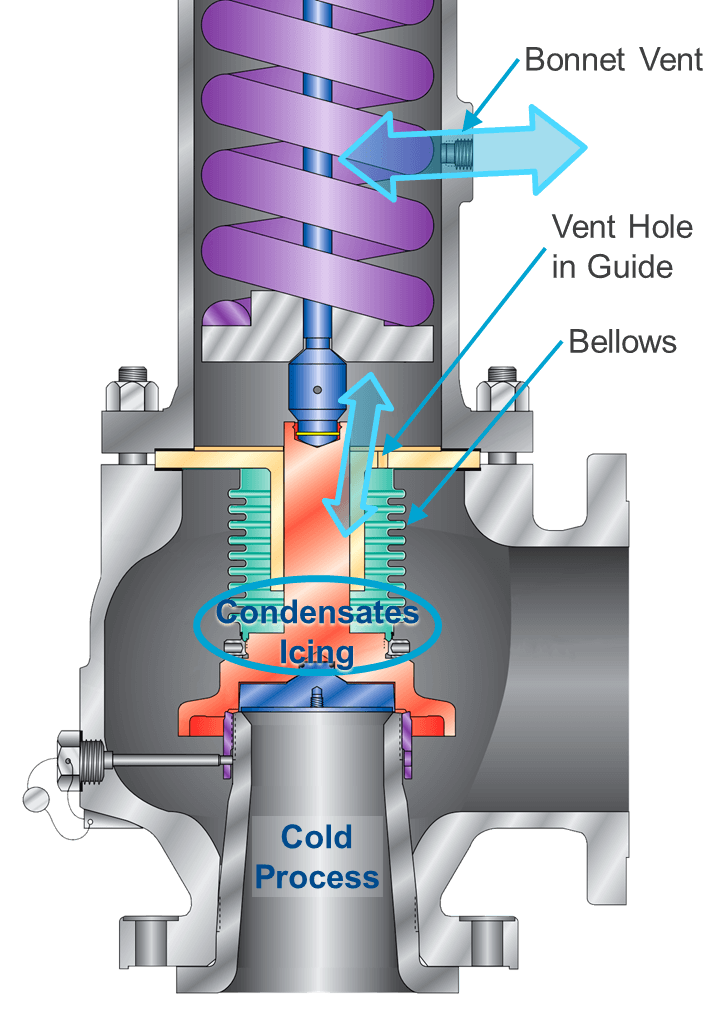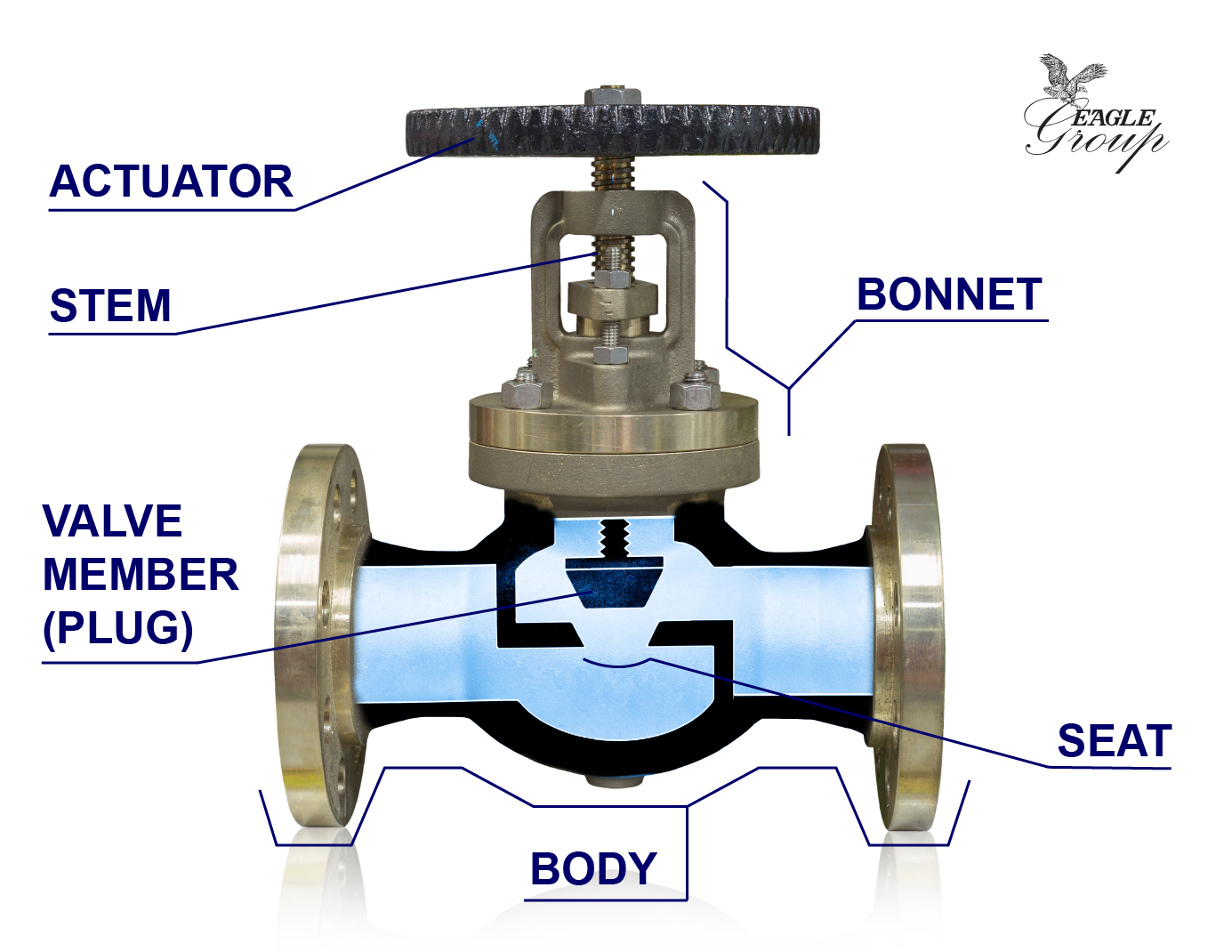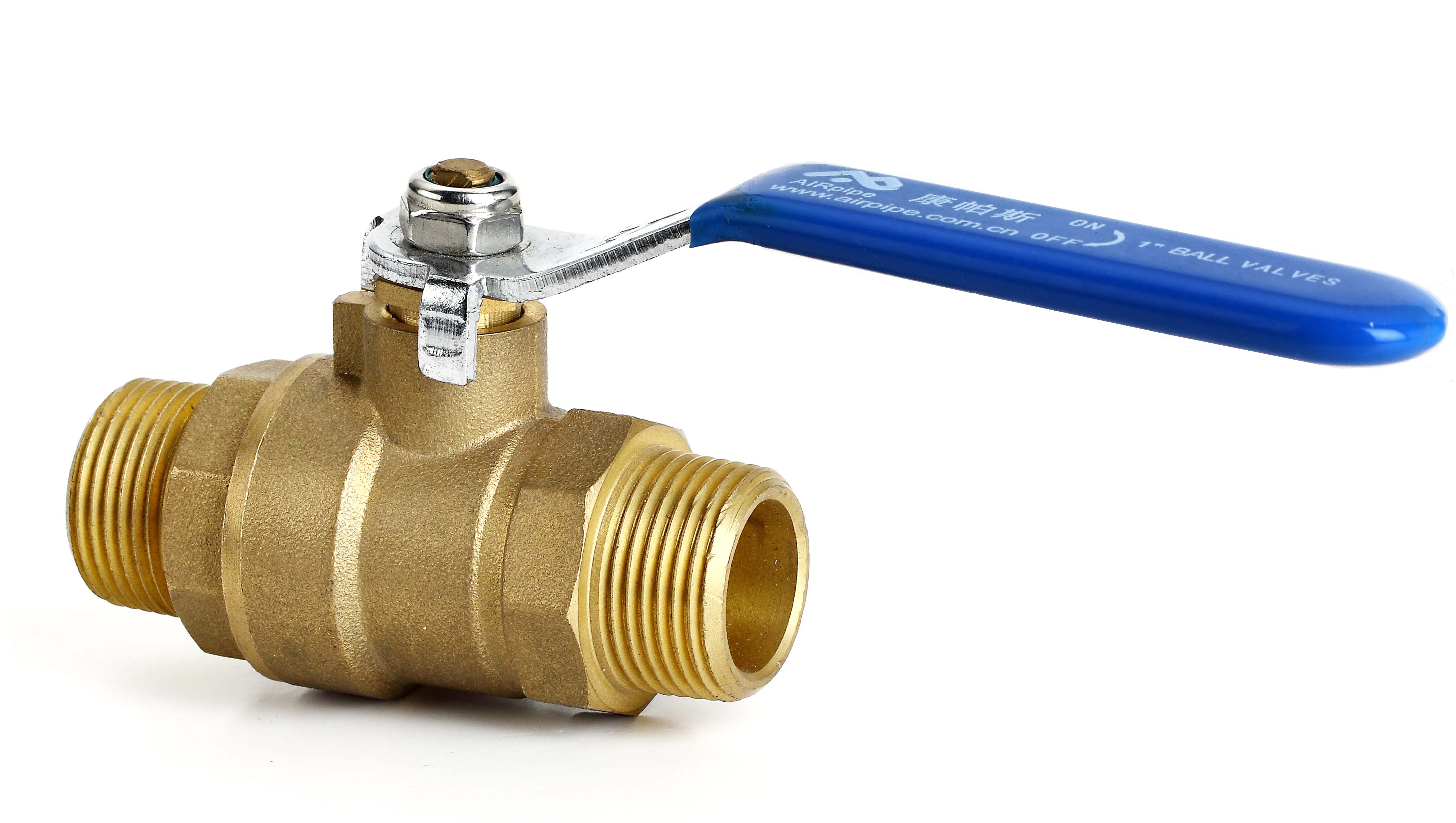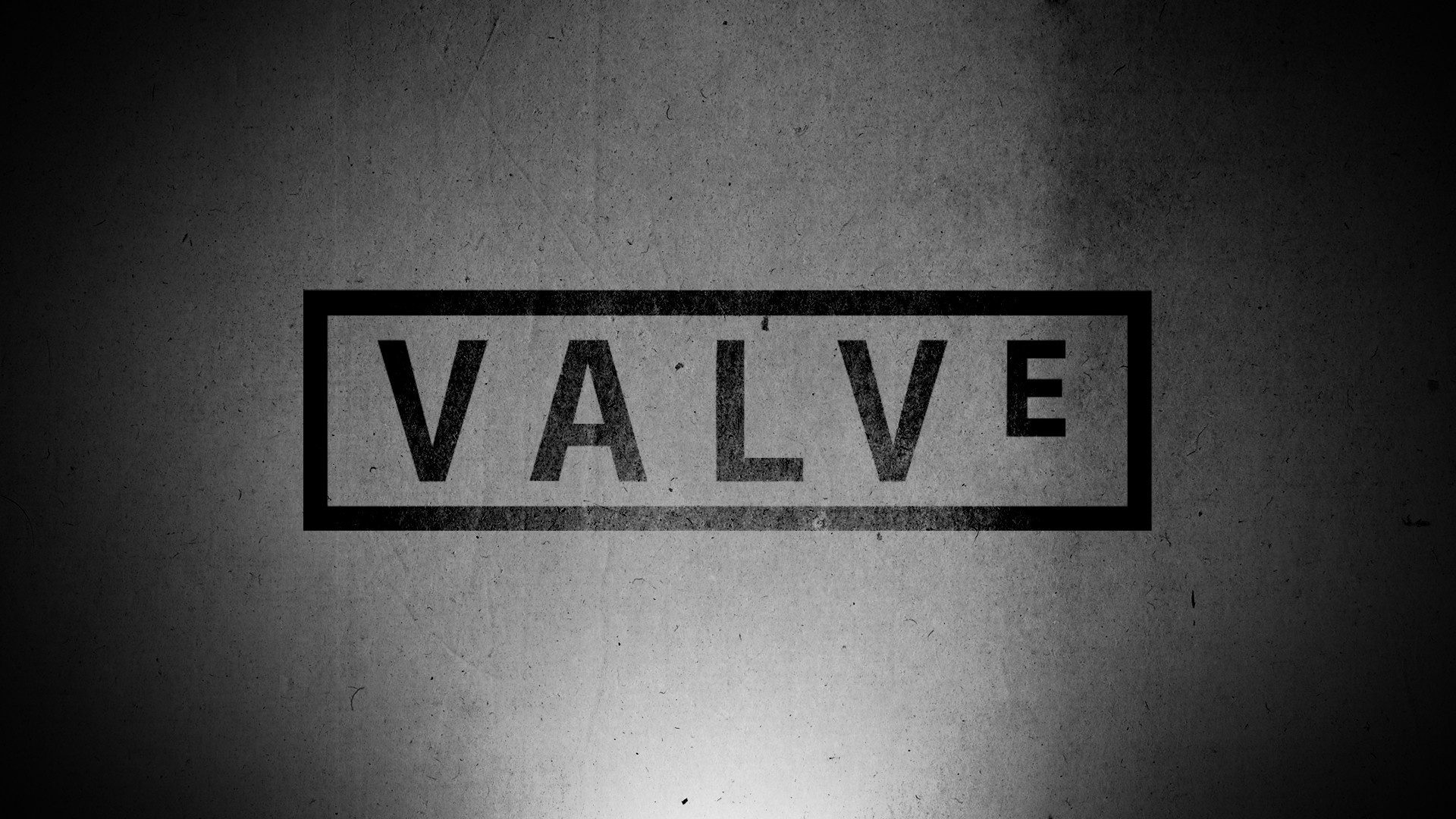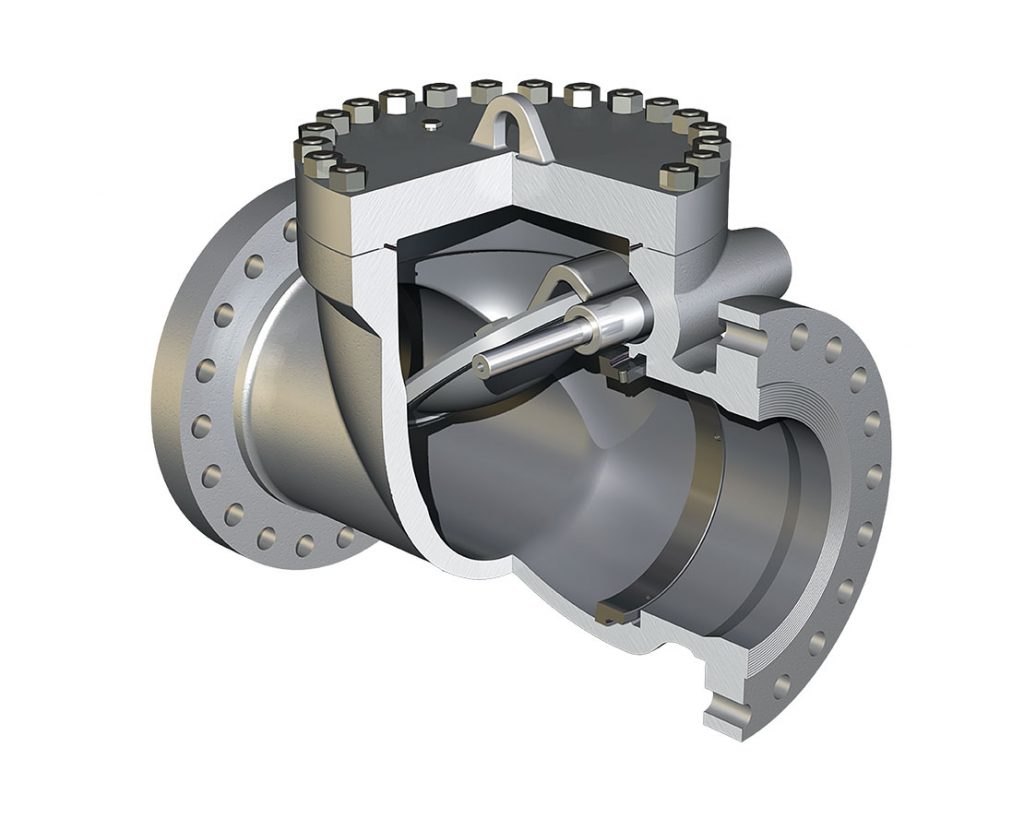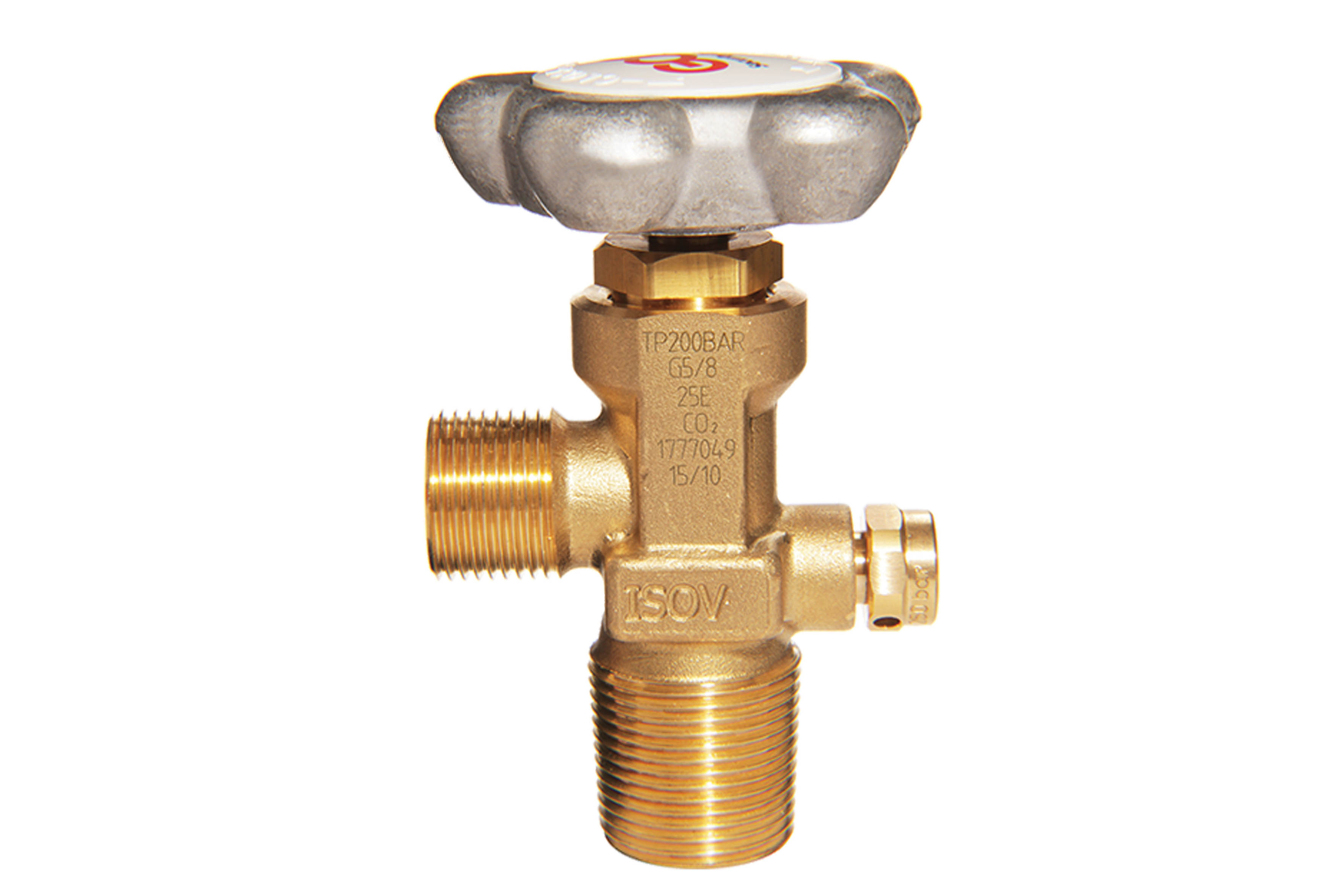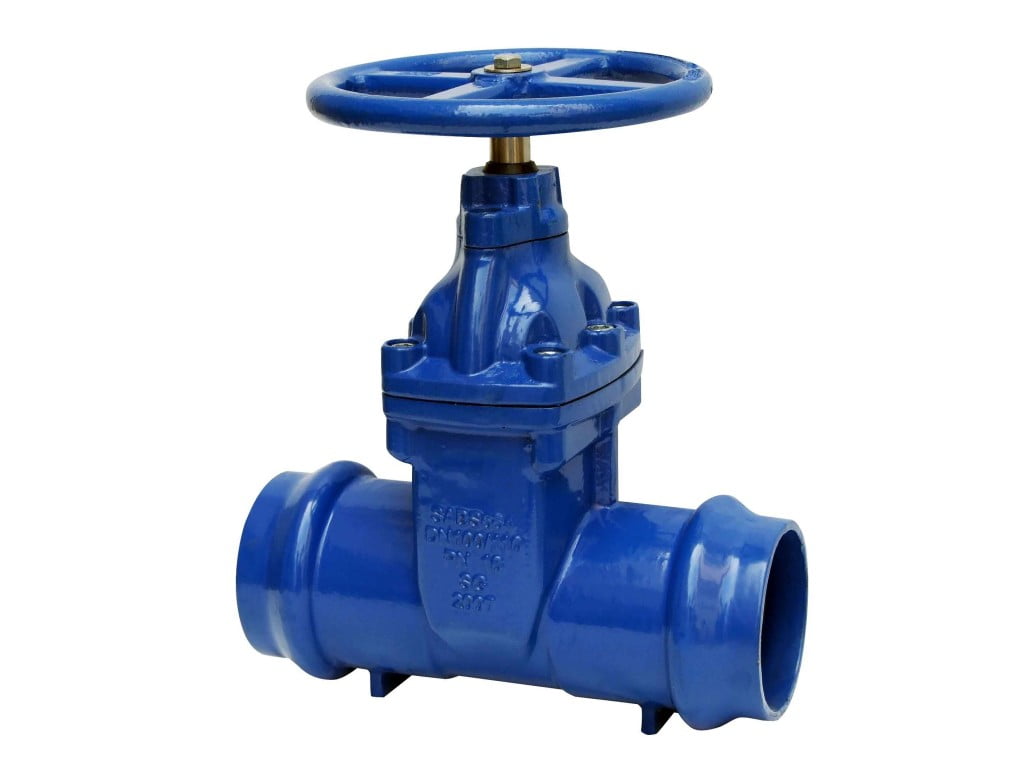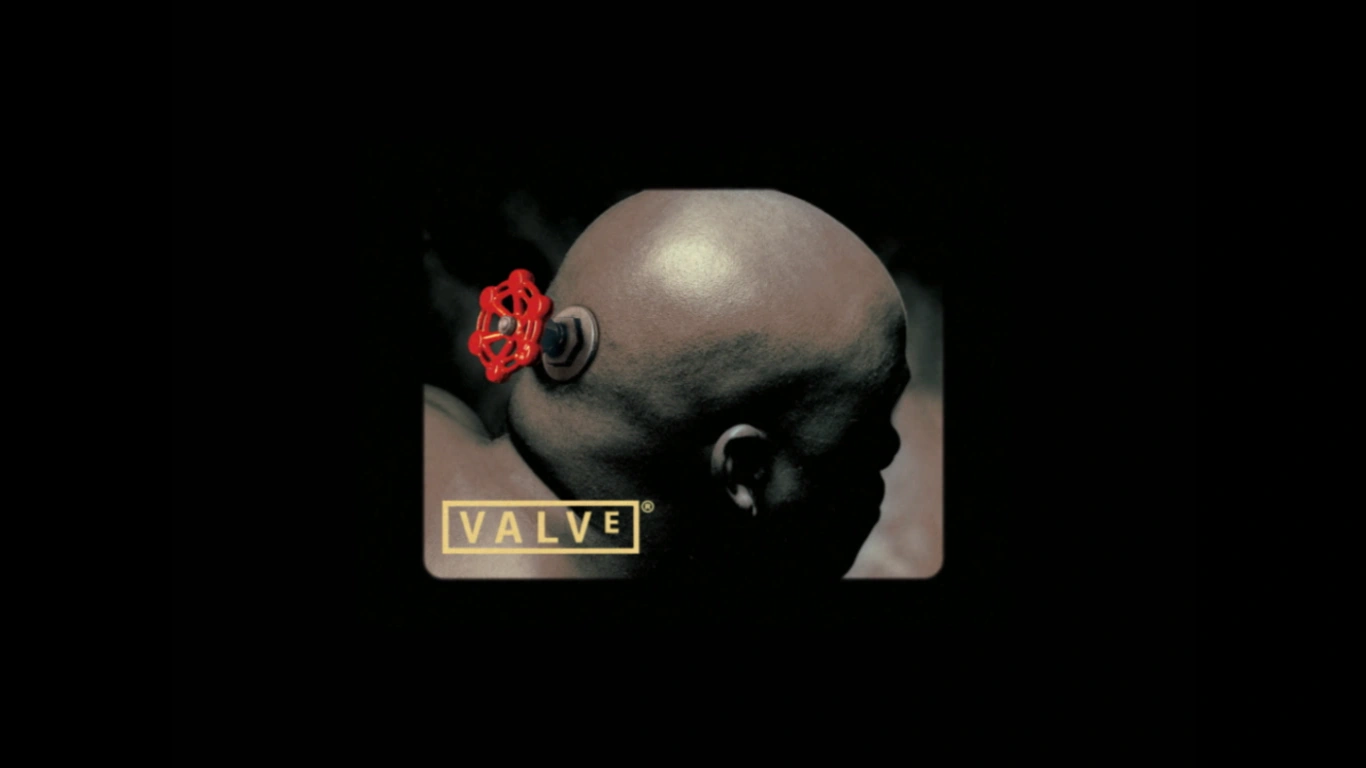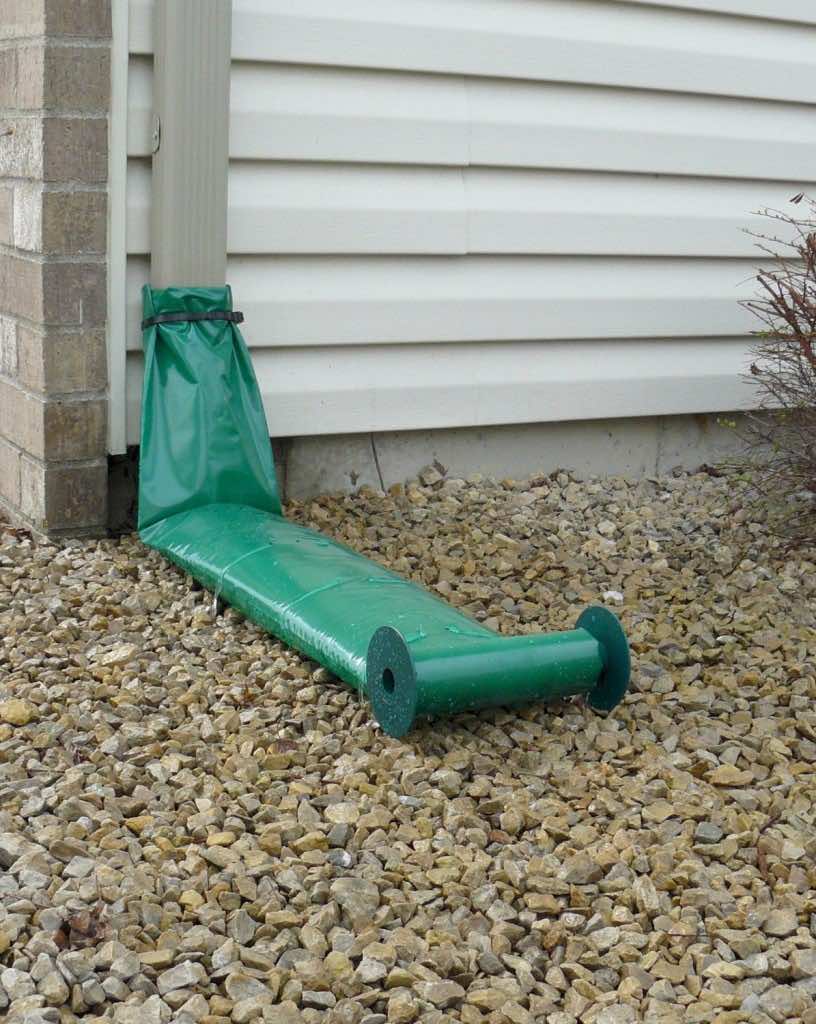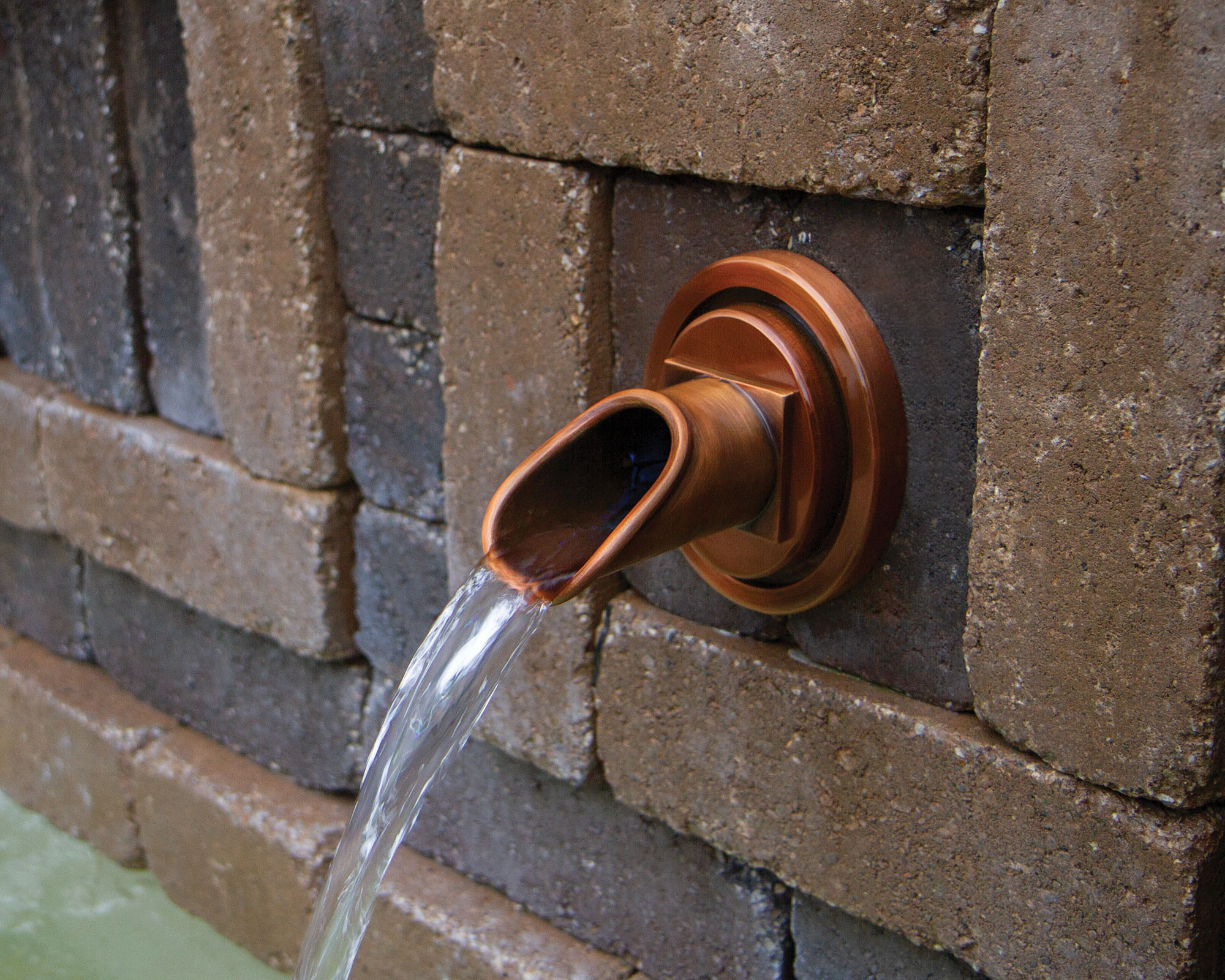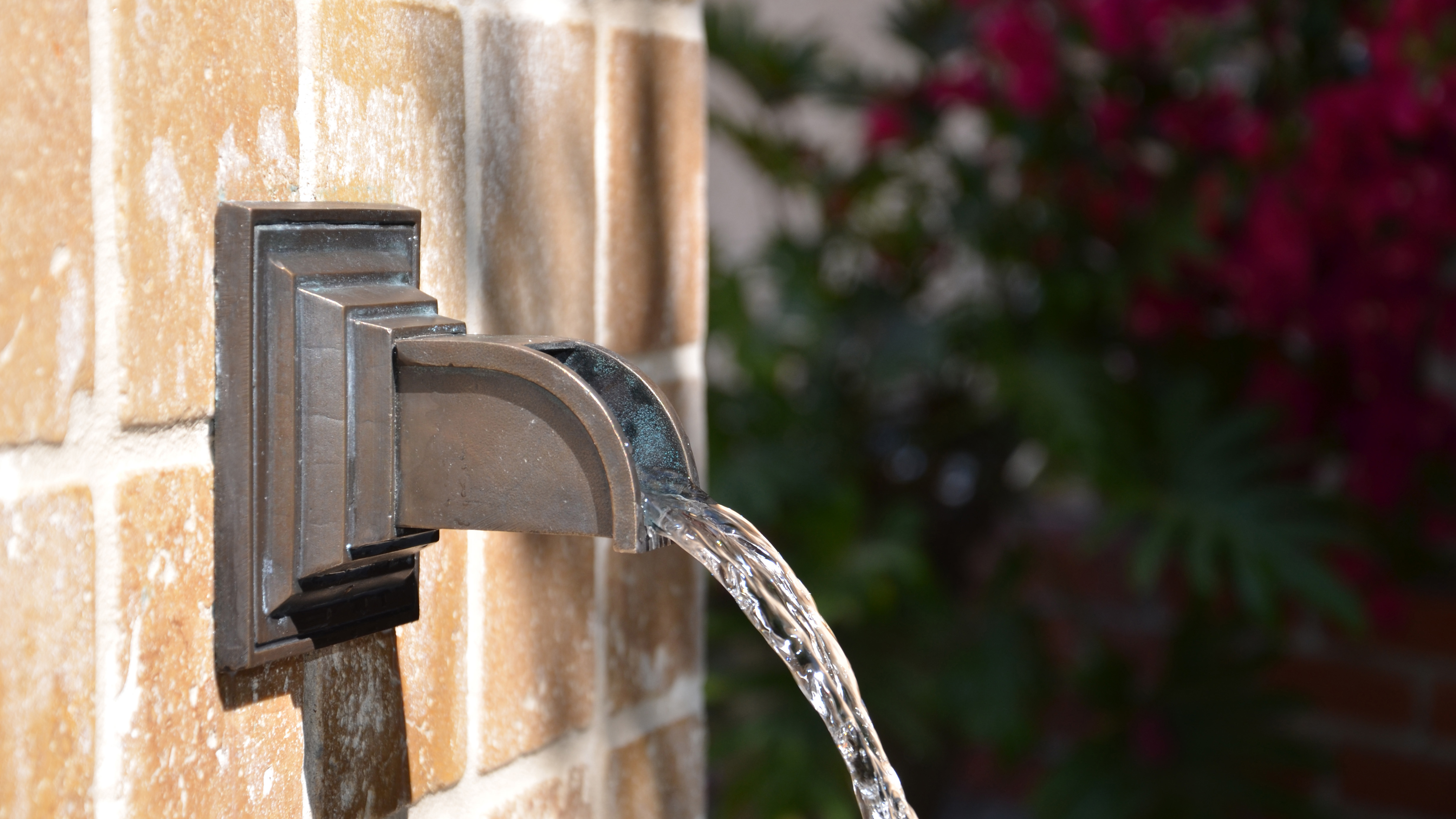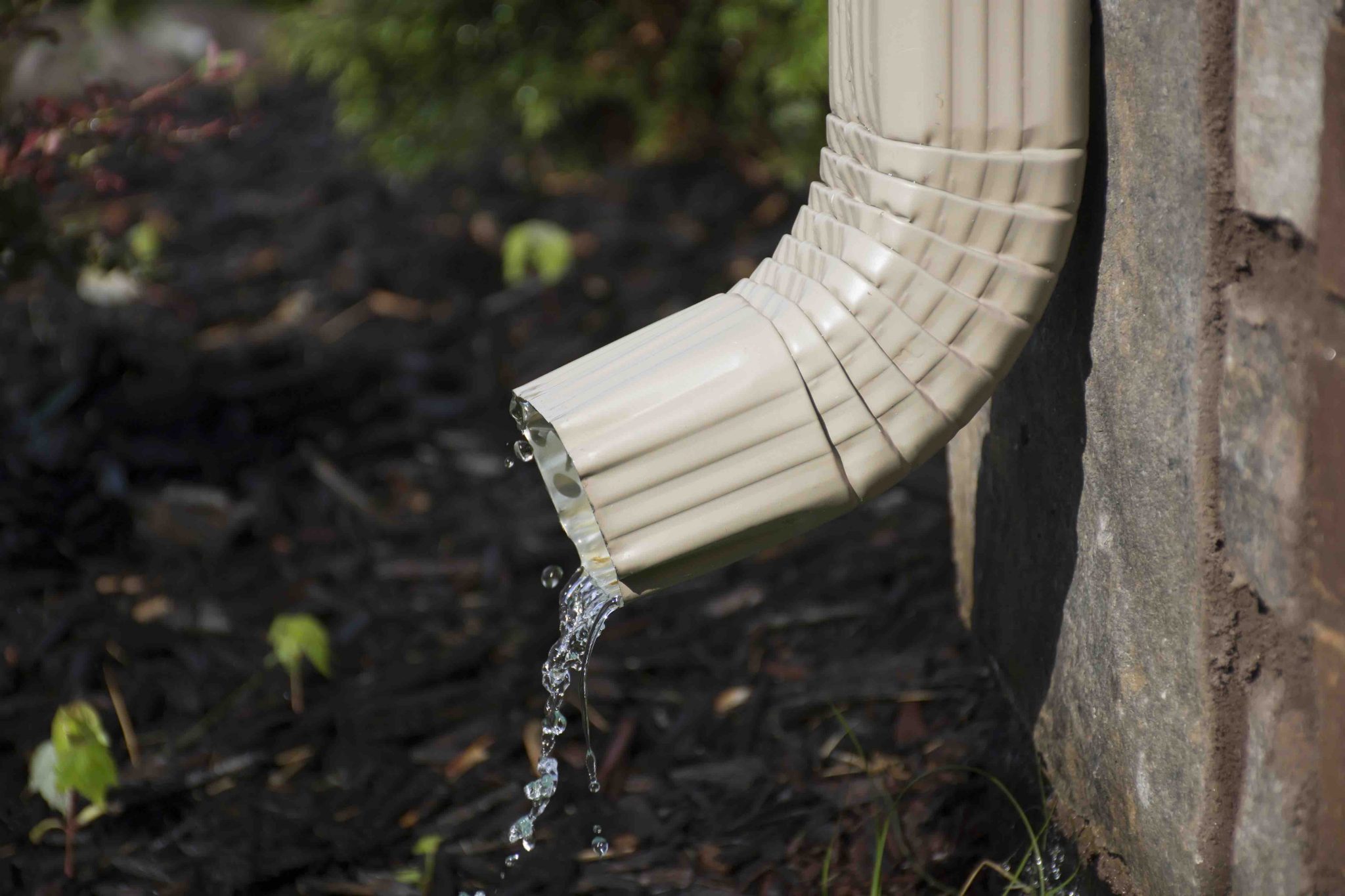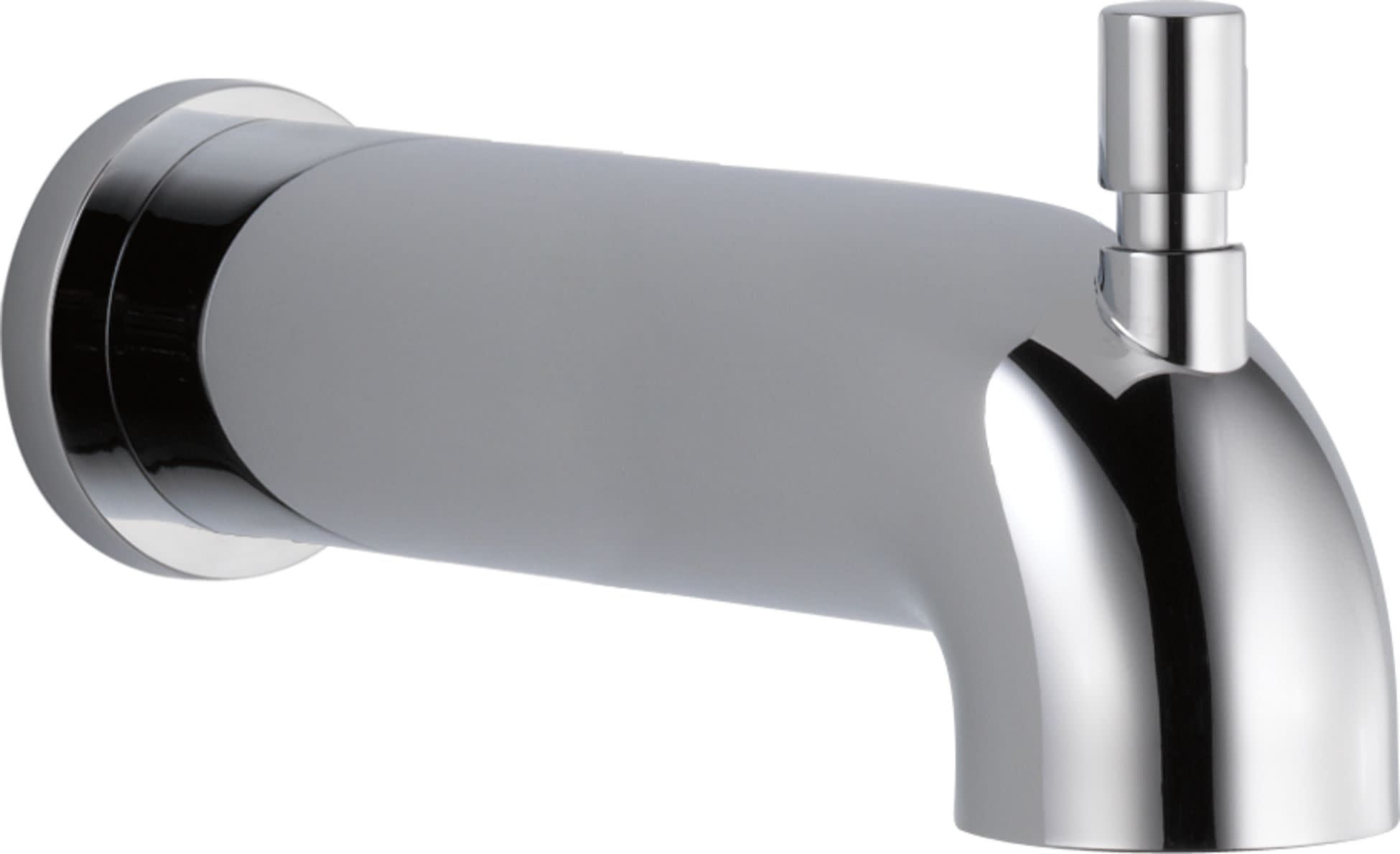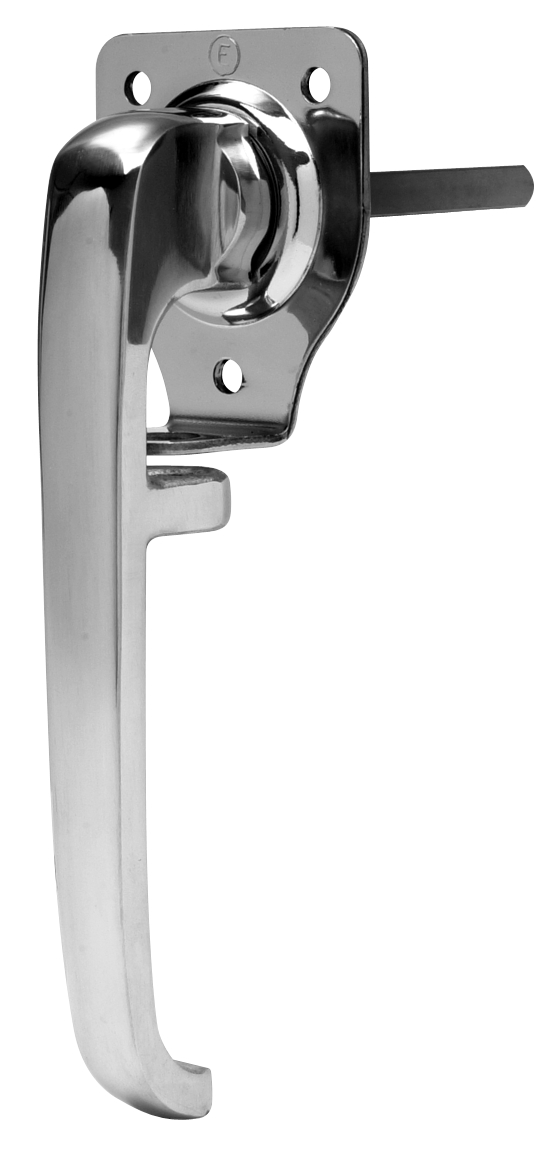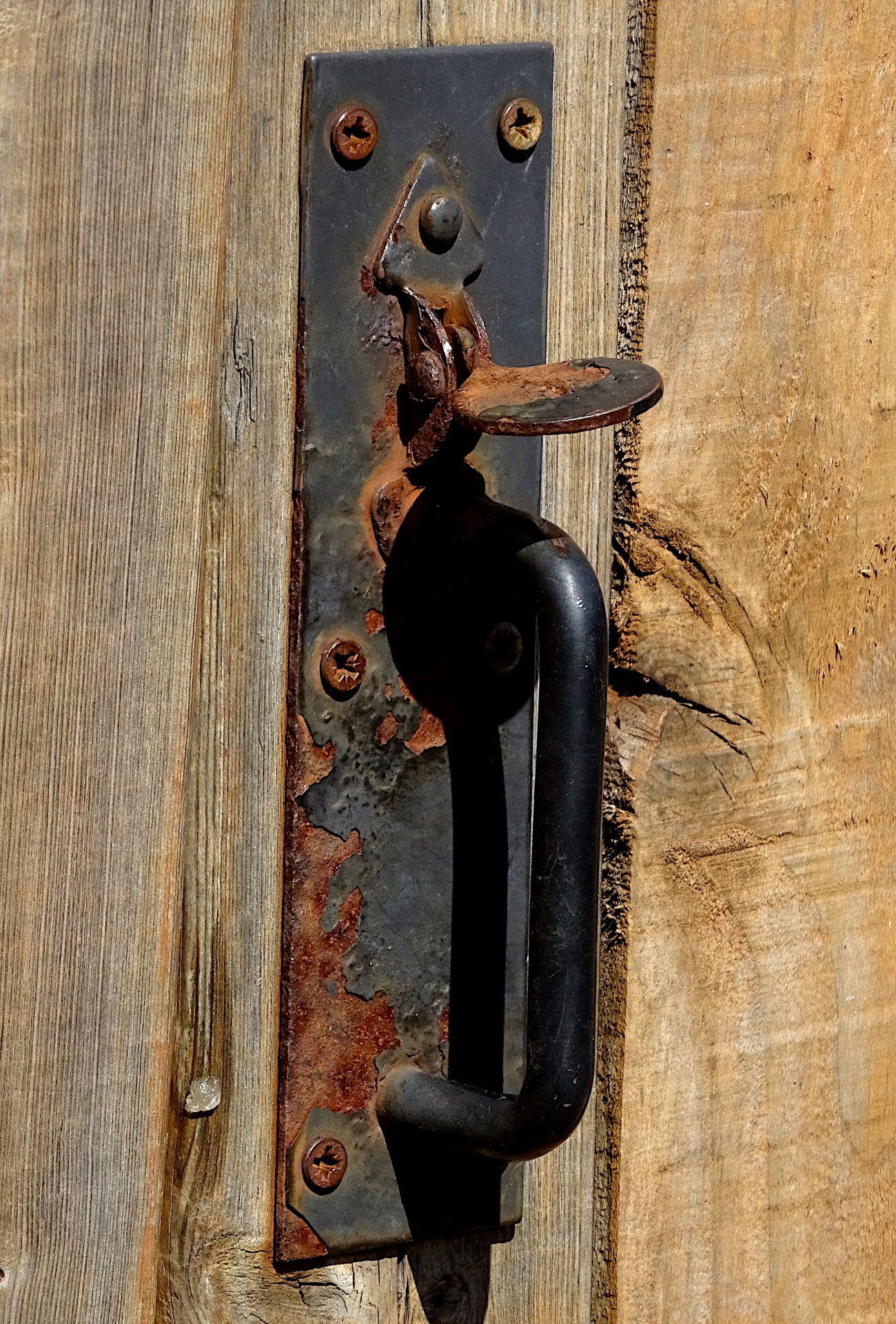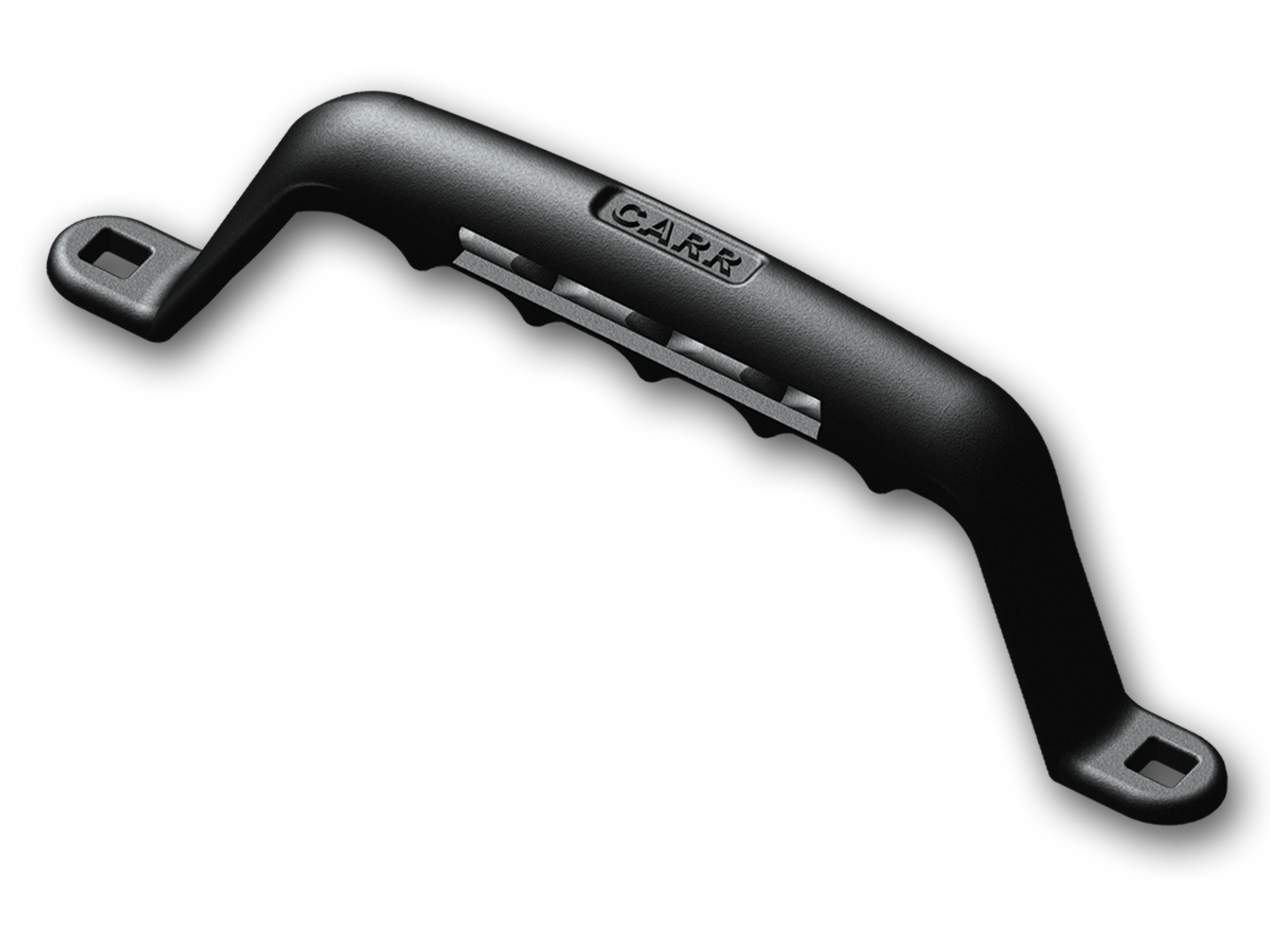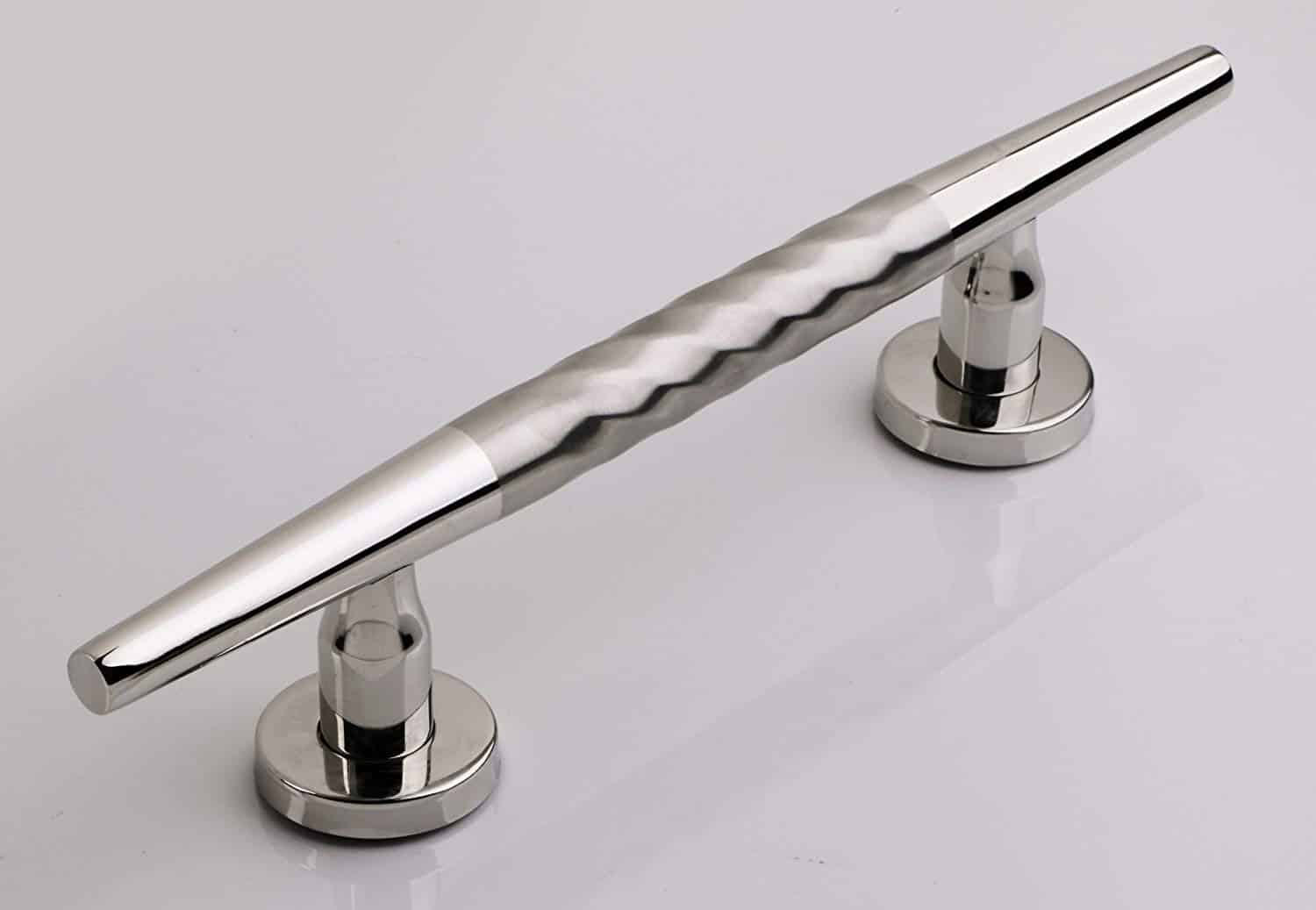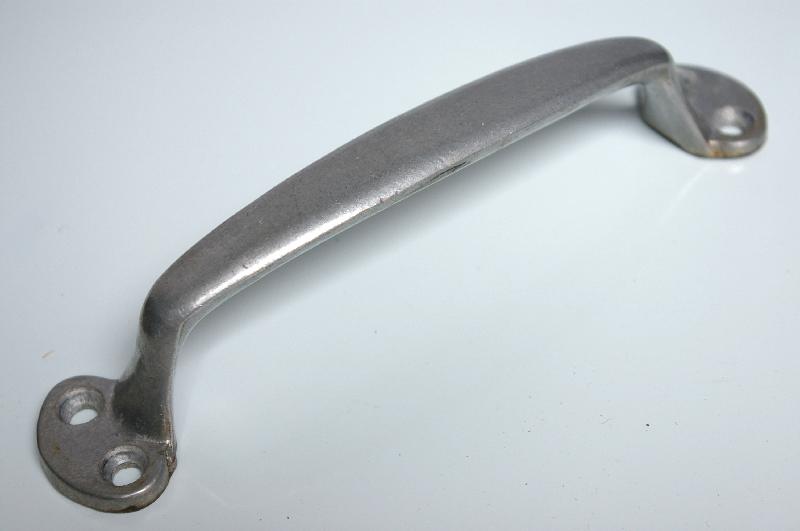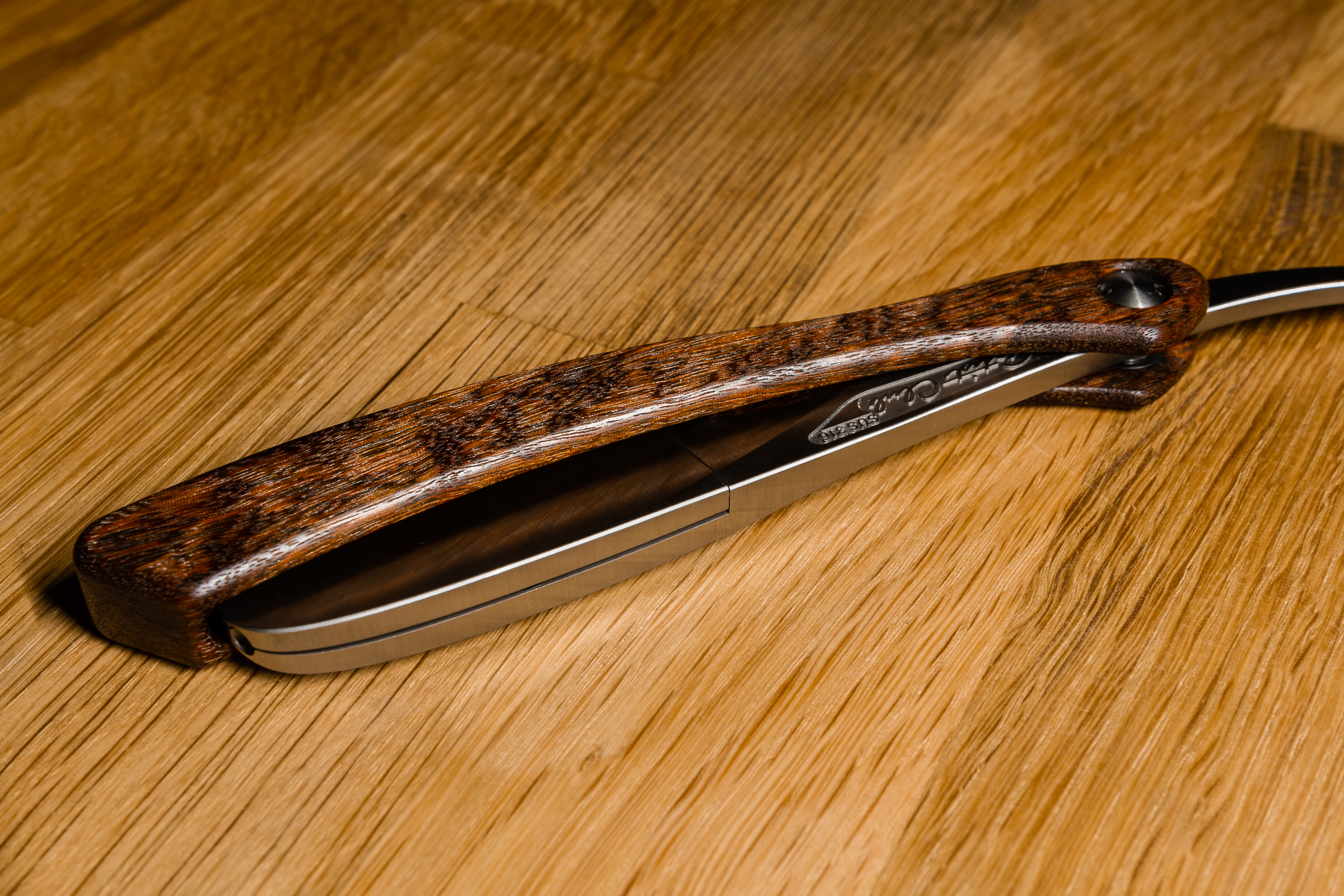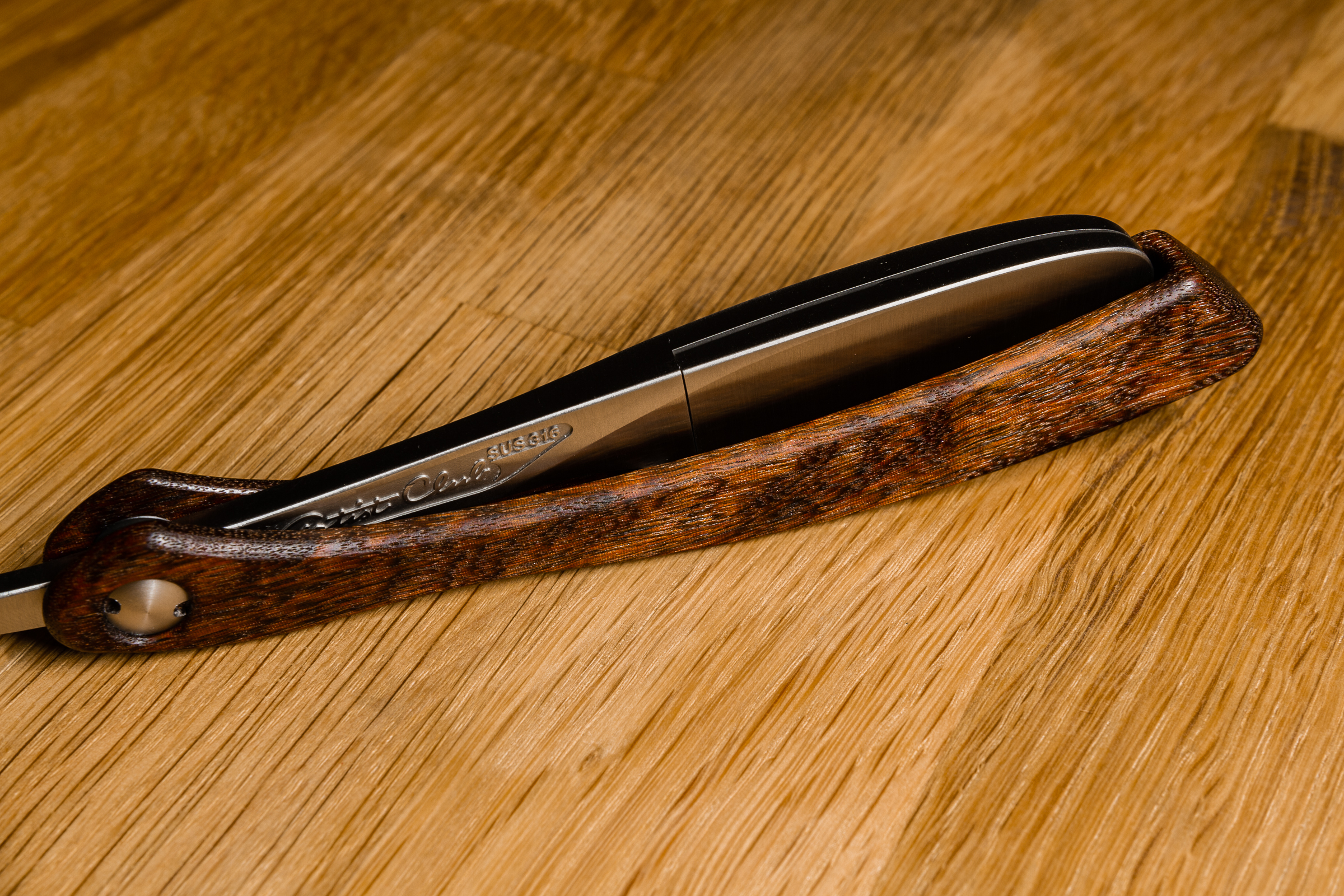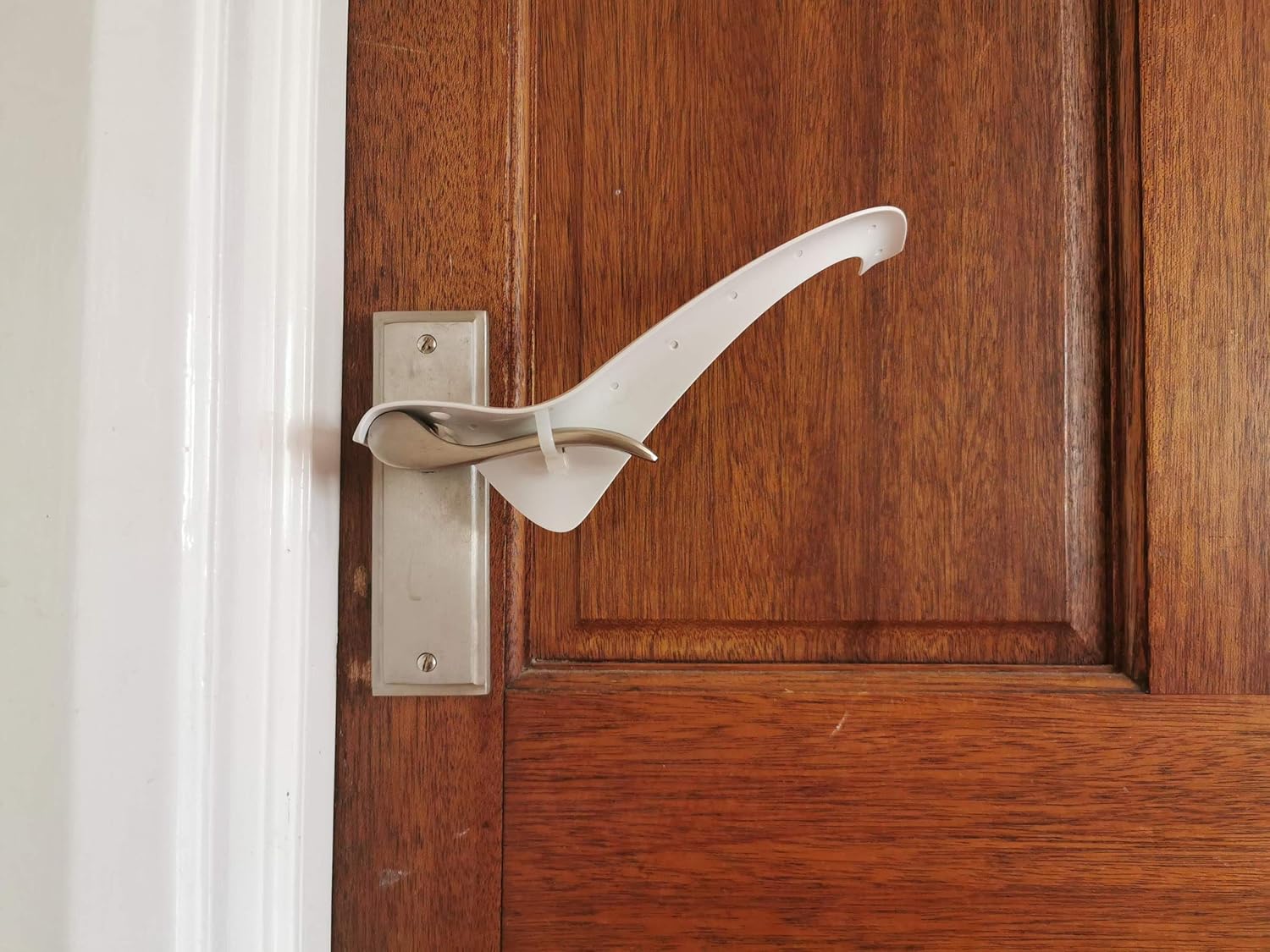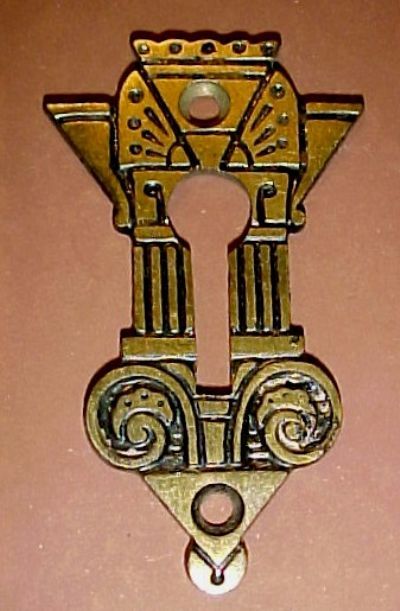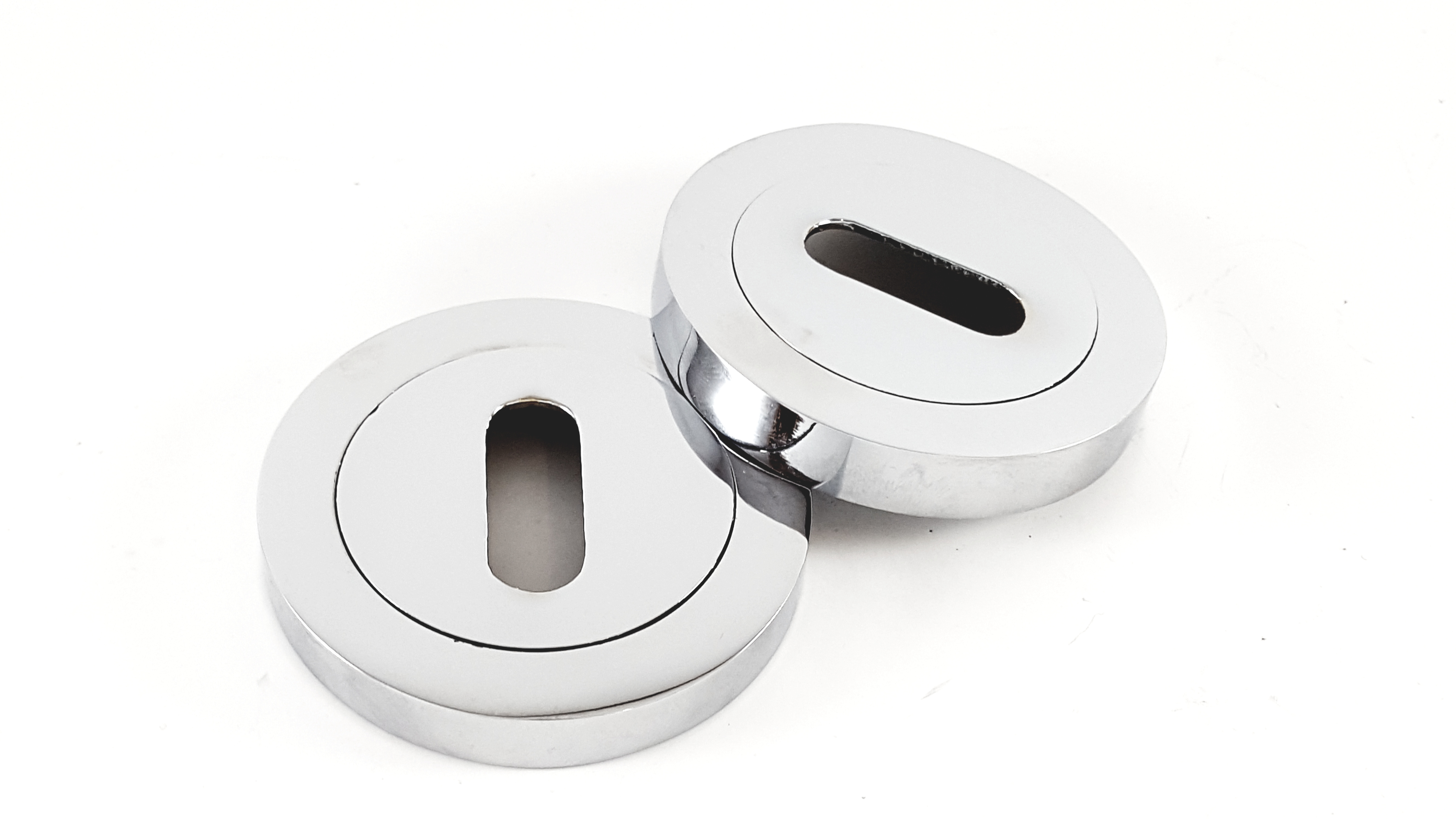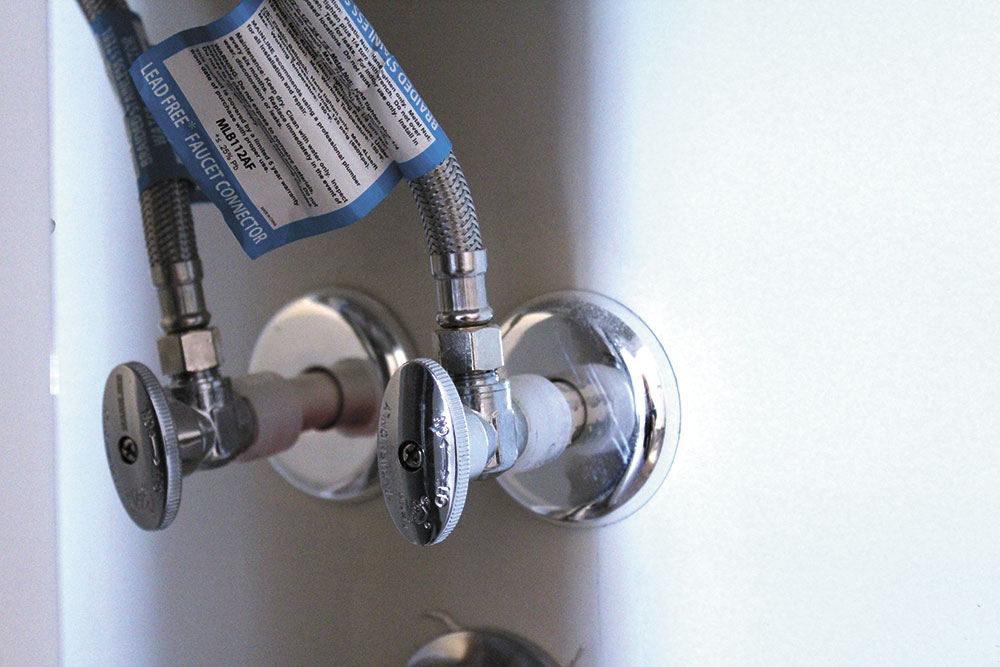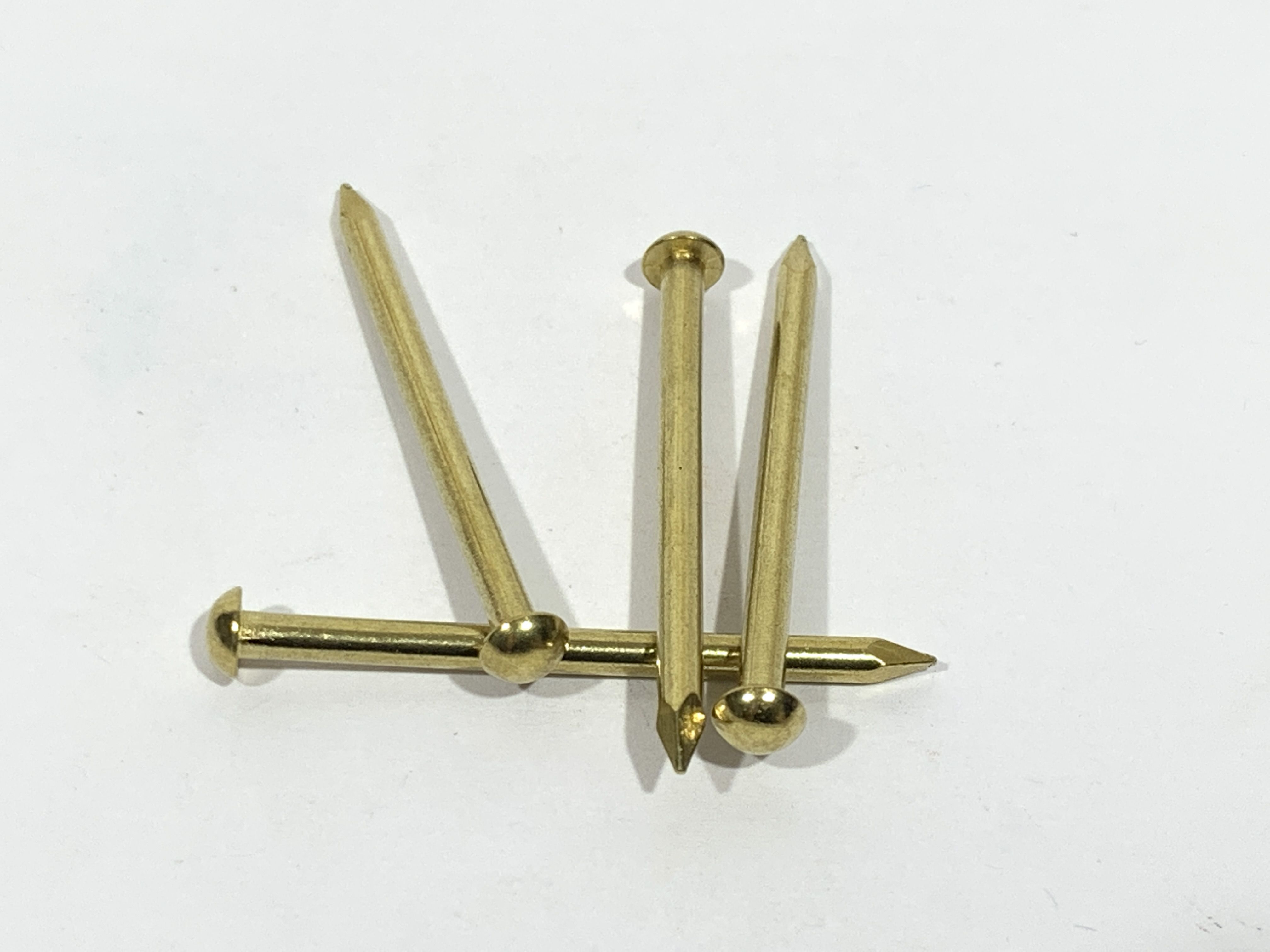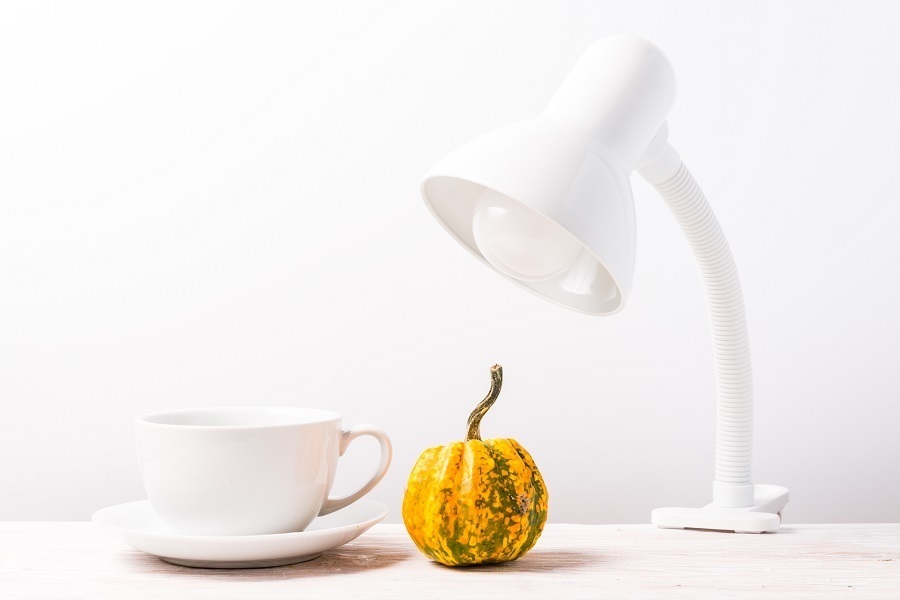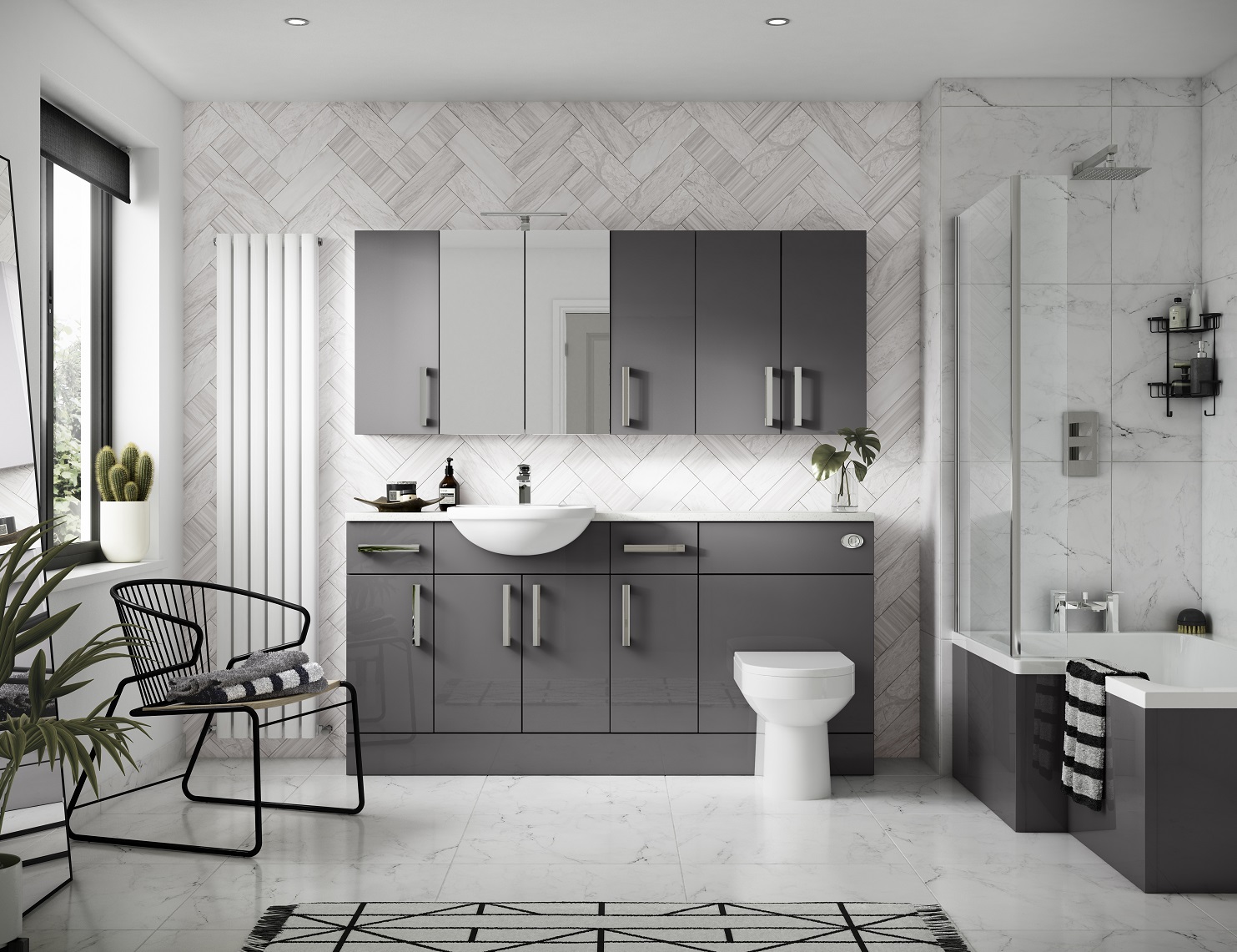The drain assembly is the part of the bathroom sink that connects the sink to the plumbing system. It consists of a drain pipe, gasket, and drain flange. The drain pipe is responsible for carrying the water and waste down to the plumbing system, while the gasket and drain flange create a seal to prevent leaks. Sink drain assembly is an essential part of any bathroom sink and comes in various sizes and materials to fit different sink designs. When choosing a drain assembly, make sure it matches the sink drain opening and complements the overall style of your bathroom.Drain Assembly
The pop-up drain is a mechanism that allows you to open and close the sink drain. It consists of a stopper, lever, and linkage that control the opening and closing of the drain. The stopper sits in the drain opening and can be lifted or pushed down by the lever to open or close the drain. Sink pop-up drain is a popular choice for its convenience and sleek design. It also helps to prevent clogs by catching debris before it goes down the drain. Look for a pop-up drain with a durable finish and smooth operation for a hassle-free experience.Pop-Up Drain
The overflow cover is a small opening on the front or back of the sink that prevents the sink from overflowing. It connects to the overflow drain, which is a secondary drain that redirects excess water to the main drain. The overflow cover also adds a decorative touch to the sink. Bathroom sink overflow cover comes in different shapes and finishes to match the sink and faucet. It is important to regularly clean and maintain the overflow cover to prevent mold and mildew buildup.Overflow Cover
The stopper is a small plug that sits in the drain opening and controls the flow of water down the drain. It can be manually lifted or pushed down to open or close the drain. Some stoppers also come with a lever or knob for easier operation. Sink stopper is an essential part of the drain assembly and comes in different types such as lift-and-turn, push-and-pull, and pop-up. Choose a stopper that is easy to operate and fits securely in the drain to prevent leaks.Stopper
The P-trap is a curved section of pipe that connects the sink drain to the plumbing system. It is named after its shape and is responsible for preventing sewer gas from entering the bathroom. The P-trap also catches debris and prevents it from going down the drain. Bathroom sink P-trap comes in different sizes and materials, such as PVC and metal. Make sure to choose a P-trap that fits your sink and plumbing system to avoid any leaks or clogs.P-Trap
The supply lines are the pipes that connect the sink to the water supply. They deliver hot and cold water to the faucet and can be made of copper, PVC, or braided stainless steel. Supply lines are usually hidden behind the wall or under the sink, but some sinks have exposed supply lines for a more industrial look. Sink supply lines should be made of high-quality materials to prevent leaks and ensure a steady water supply. It is important to regularly check and maintain the supply lines to avoid any plumbing issues.Supply Lines
The valve is the mechanism that controls the flow of water from the supply lines to the faucet. It can be a knob, lever, or handle and is responsible for turning the water on and off. Valves also come in different types, such as compression, ball, and cartridge valves. Sink valve is an essential part of the faucet and should be durable and easy to operate. It is important to regularly check and replace the valve if it starts to leak or malfunction.Valve
The spout is the part of the faucet that delivers water into the sink. It can be a single spout or multiple spouts for a widespread faucet. The spout also comes in different shapes and finishes to match the overall style of the bathroom. Bathroom sink spout should be long enough to reach the center of the sink and should have a smooth water flow. Some spouts also come with aerators to reduce water consumption and prevent splashing.Spout
The handle is the part of the faucet that controls the water temperature and flow. It can be a knob, lever, or touchless sensor and is usually located on the top or side of the faucet. The handle also comes in different styles and finishes to complement the faucet and sink. Bathroom sink handle should be easy to grip and operate, especially for children and those with limited mobility. Some handles also come with temperature indicators to prevent scalding.Handle
The escutcheon is a decorative plate that covers the holes on the sink where the faucet and handle are installed. It adds a finishing touch to the sink and helps to prevent water from leaking into the holes. Escutcheons are usually included with the faucet but can also be purchased separately. Sink escutcheon should match the finish and design of the faucet and sink. It is important to regularly clean and maintain the escutcheon to prevent water stains and buildup. In conclusion, understanding the different parts and names of a bathroom sink can help you make informed decisions when choosing and maintaining your sink. Whether you are renovating your bathroom or simply replacing a part, make sure to choose high-quality materials and regularly check and maintain your sink for a functional and stylish bathroom. Escutcheon
Bathroom Sink Parts and Names: A Complete Guide to Designing Your Dream Bathroom

Understanding the Basics
 When it comes to designing your dream bathroom, the sink is a crucial element that often gets overlooked. Not only is it a functional necessity, but it also plays a significant role in the overall aesthetic of the space. That's why it's essential to understand the different parts and names of a bathroom sink to make informed design decisions.
Bathroom sink
- Also known as a lavatory or wash basin, this is the main component of the sink. It is where you can wash your hands, brush your teeth, and perform other personal hygiene tasks.
Faucet
- This is the device that controls the flow of water into the sink. It typically has a handle or knob that you can turn to adjust the water temperature and pressure.
Drain
- The drain is the opening at the bottom of the sink that allows water to flow out. It is usually covered with a stopper that you can open or close to control the drainage.
When it comes to designing your dream bathroom, the sink is a crucial element that often gets overlooked. Not only is it a functional necessity, but it also plays a significant role in the overall aesthetic of the space. That's why it's essential to understand the different parts and names of a bathroom sink to make informed design decisions.
Bathroom sink
- Also known as a lavatory or wash basin, this is the main component of the sink. It is where you can wash your hands, brush your teeth, and perform other personal hygiene tasks.
Faucet
- This is the device that controls the flow of water into the sink. It typically has a handle or knob that you can turn to adjust the water temperature and pressure.
Drain
- The drain is the opening at the bottom of the sink that allows water to flow out. It is usually covered with a stopper that you can open or close to control the drainage.
Types of Bathroom Sinks
 Now that we have covered the basic components, let's explore the different types of bathroom sinks to help you choose the right one for your design.
Undermount
- This type of sink is installed underneath the countertop, creating a seamless and sleek look. It is ideal for modern and minimalist designs.
Drop-in
- Also known as self-rimming or top-mount, this sink is inserted into a hole cut out in the countertop, with the rim sitting on top of the counter. It is a versatile option that works well with various design styles.
Vessel
- A vessel sink sits on top of the countertop, resembling a bowl or a vessel, hence the name. It is a popular choice for creating a statement in contemporary and eclectic designs.
Now that we have covered the basic components, let's explore the different types of bathroom sinks to help you choose the right one for your design.
Undermount
- This type of sink is installed underneath the countertop, creating a seamless and sleek look. It is ideal for modern and minimalist designs.
Drop-in
- Also known as self-rimming or top-mount, this sink is inserted into a hole cut out in the countertop, with the rim sitting on top of the counter. It is a versatile option that works well with various design styles.
Vessel
- A vessel sink sits on top of the countertop, resembling a bowl or a vessel, hence the name. It is a popular choice for creating a statement in contemporary and eclectic designs.
Materials and Finishes
 Bathroom sinks come in a variety of materials and finishes, each with its unique characteristics and benefits. Here are a few popular options to consider:
Ceramic
- This is the most common material used for bathroom sinks. It is durable, easy to clean, and comes in a range of colors and finishes.
Stone
- Natural stone sinks, such as marble and granite, add a touch of luxury and sophistication to a bathroom. They are durable but require more maintenance to keep them looking their best.
Glass
- Glass sinks are a trendy choice for modern and contemporary designs. They are available in various shapes, sizes, and colors, making them a versatile option for any style.
Bathroom sinks come in a variety of materials and finishes, each with its unique characteristics and benefits. Here are a few popular options to consider:
Ceramic
- This is the most common material used for bathroom sinks. It is durable, easy to clean, and comes in a range of colors and finishes.
Stone
- Natural stone sinks, such as marble and granite, add a touch of luxury and sophistication to a bathroom. They are durable but require more maintenance to keep them looking their best.
Glass
- Glass sinks are a trendy choice for modern and contemporary designs. They are available in various shapes, sizes, and colors, making them a versatile option for any style.
Final Thoughts
 In conclusion, understanding the different parts and names of a bathroom sink is crucial for designing your dream bathroom. By considering the type, material, and finish of your sink, you can create a functional and visually appealing space that reflects your personal style. So, take your time to explore the options and choose the perfect sink to complete your dream bathroom design.
In conclusion, understanding the different parts and names of a bathroom sink is crucial for designing your dream bathroom. By considering the type, material, and finish of your sink, you can create a functional and visually appealing space that reflects your personal style. So, take your time to explore the options and choose the perfect sink to complete your dream bathroom design.



